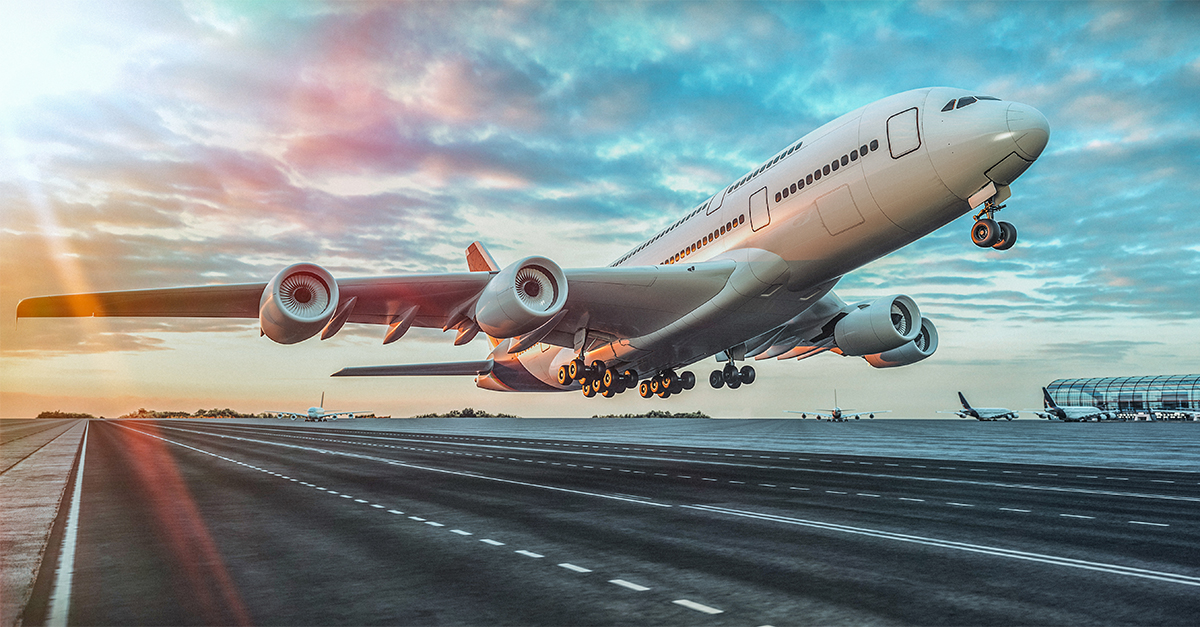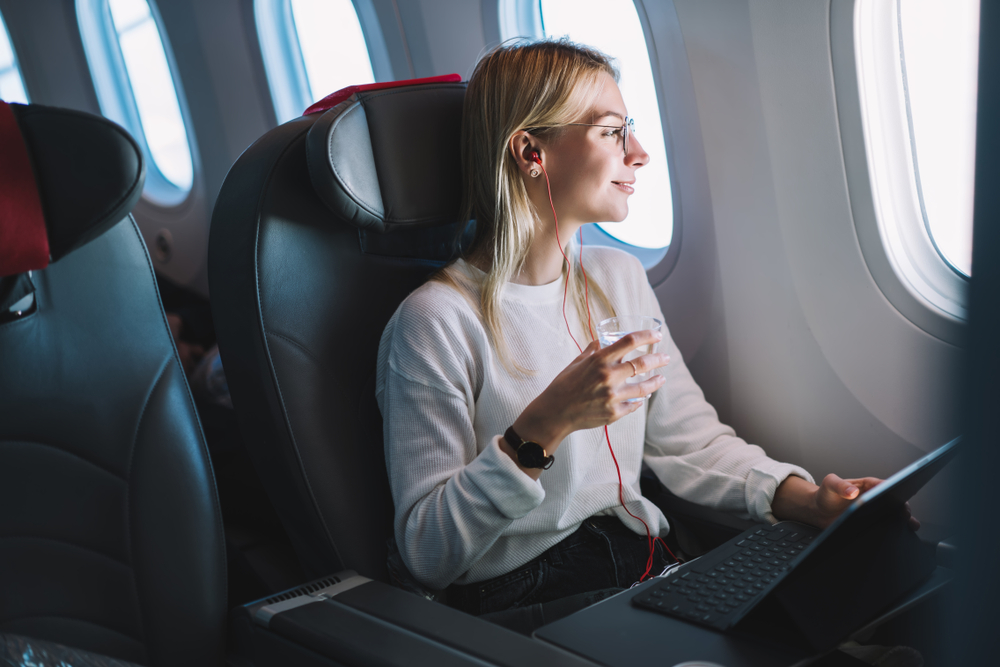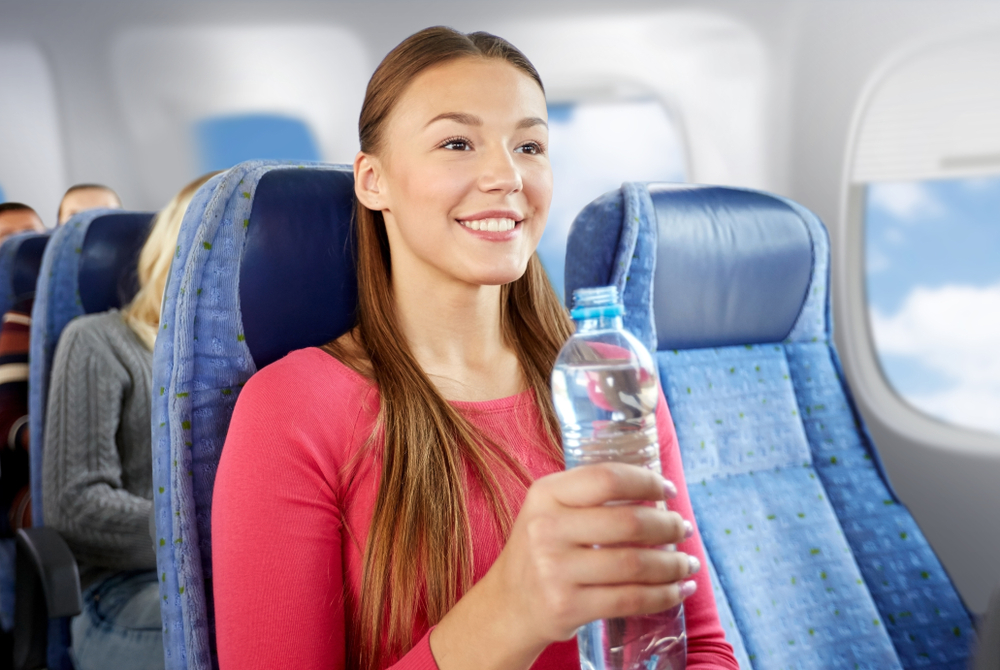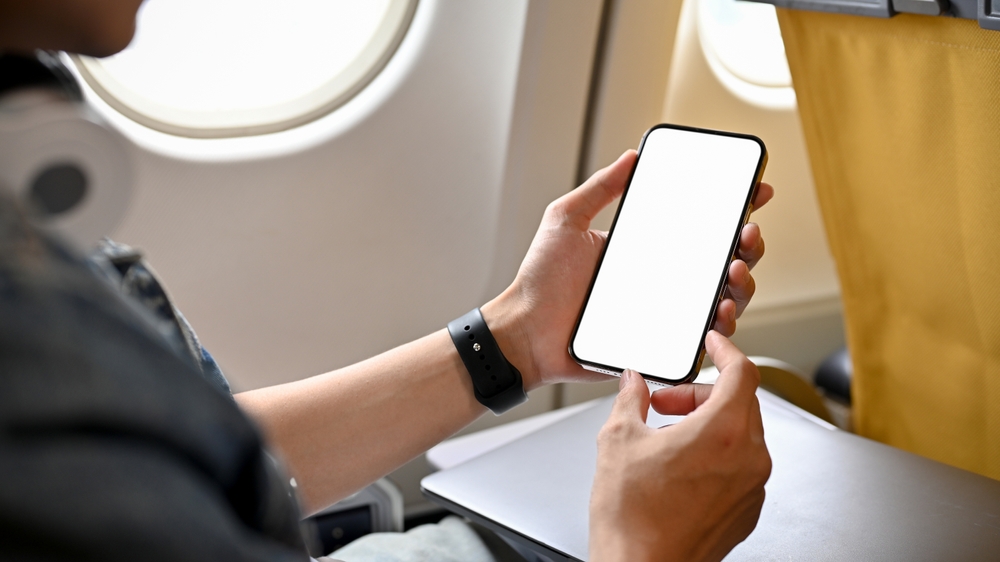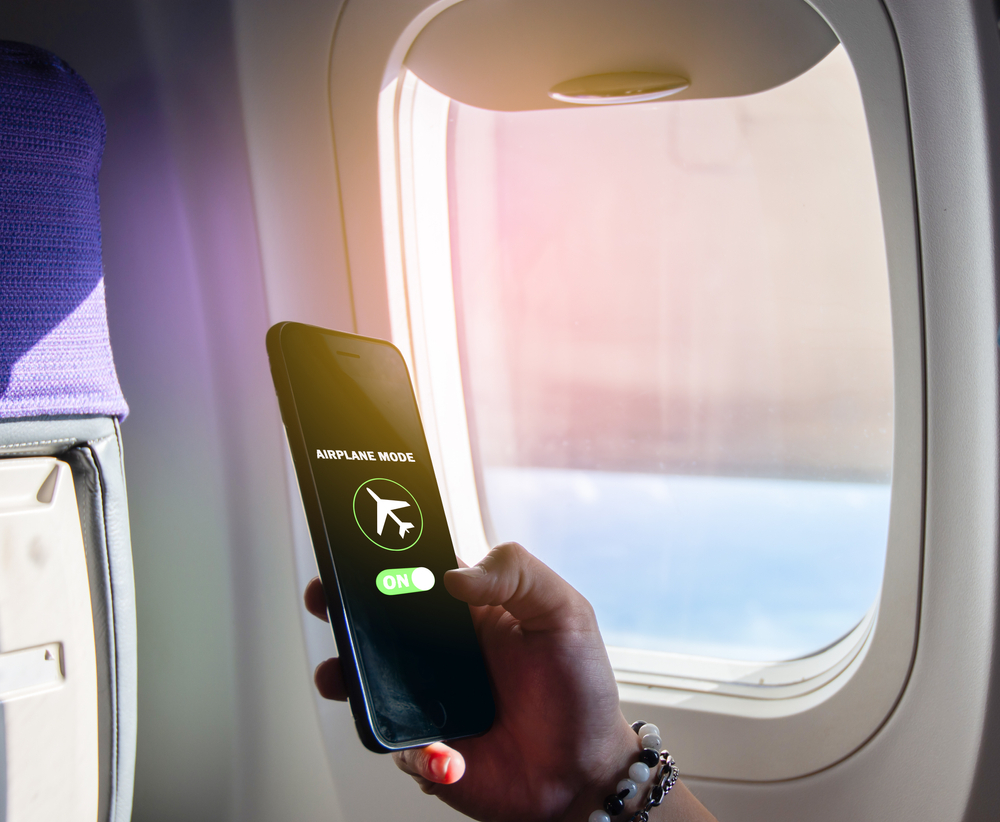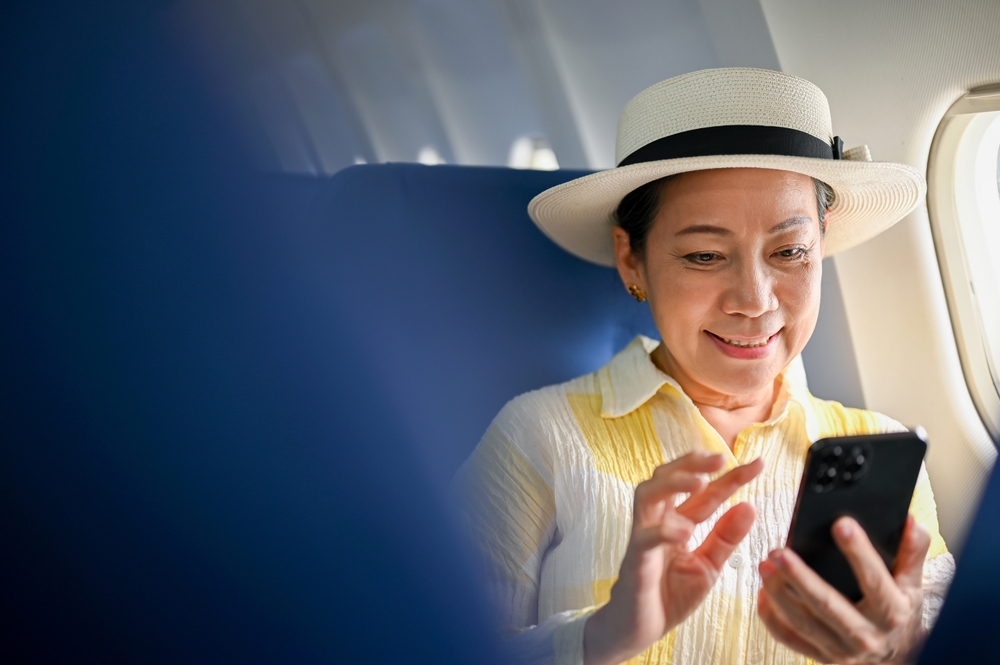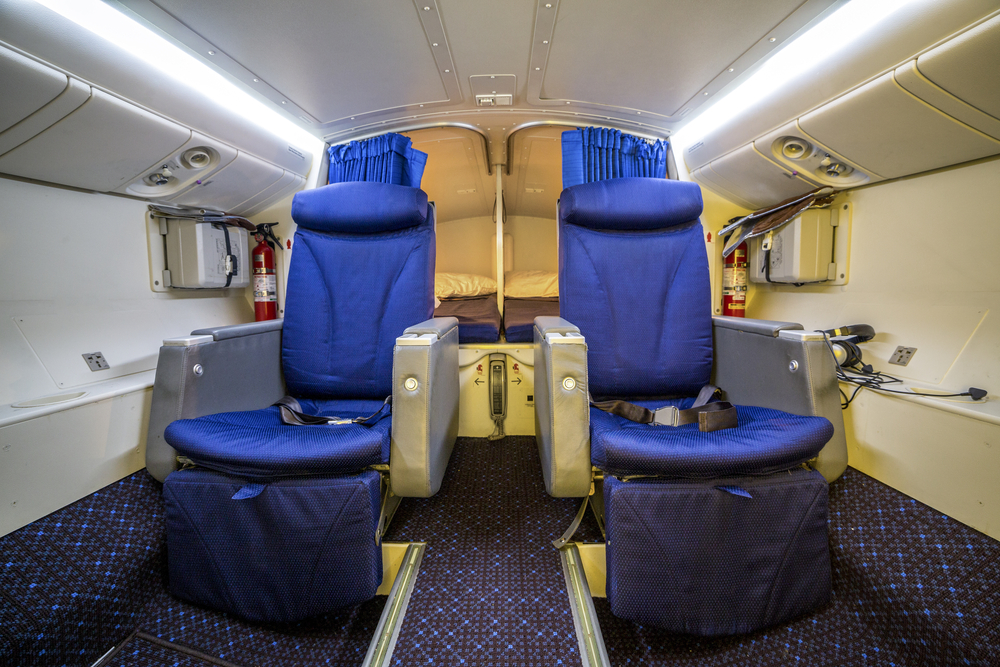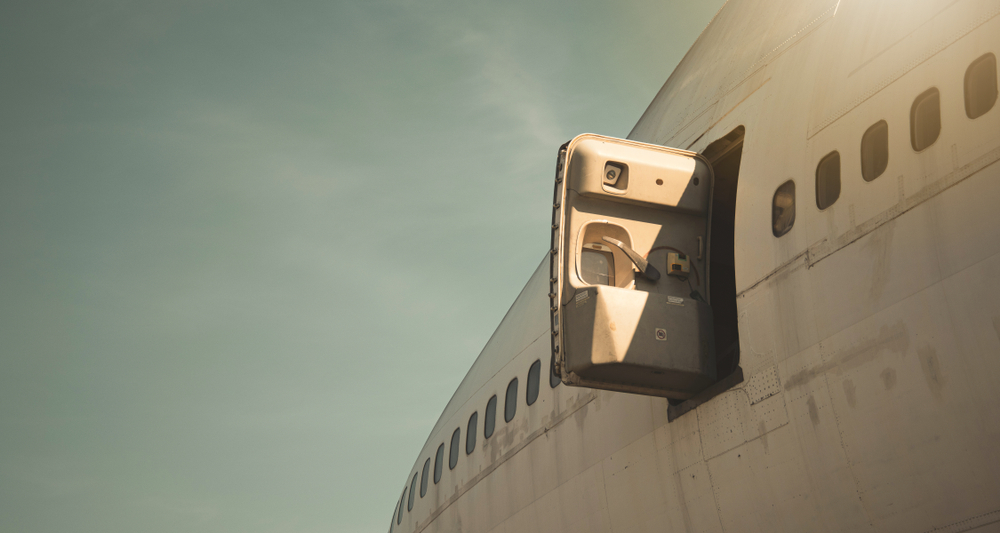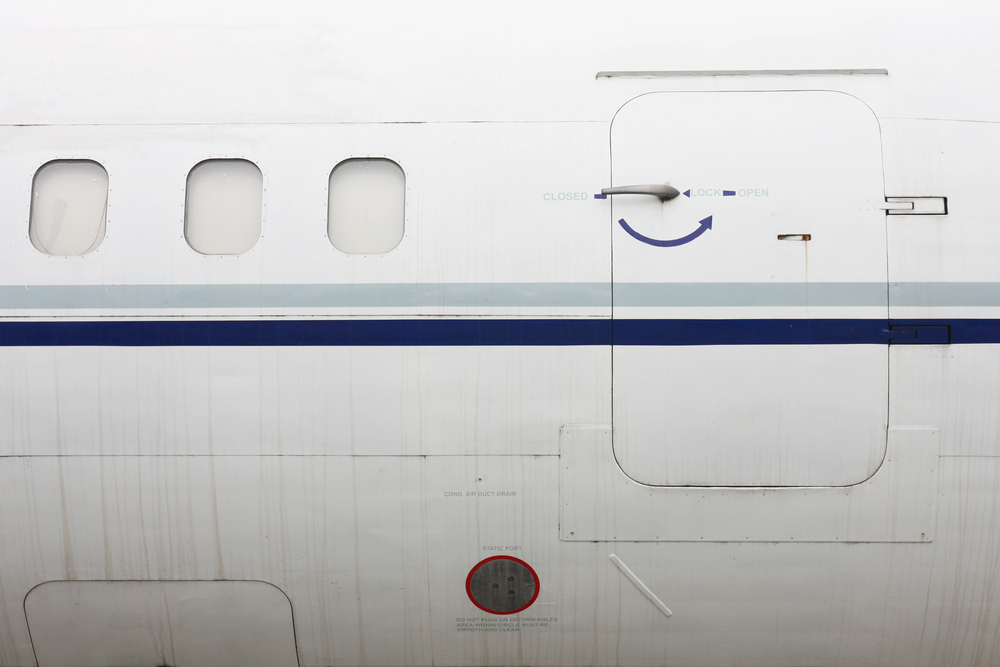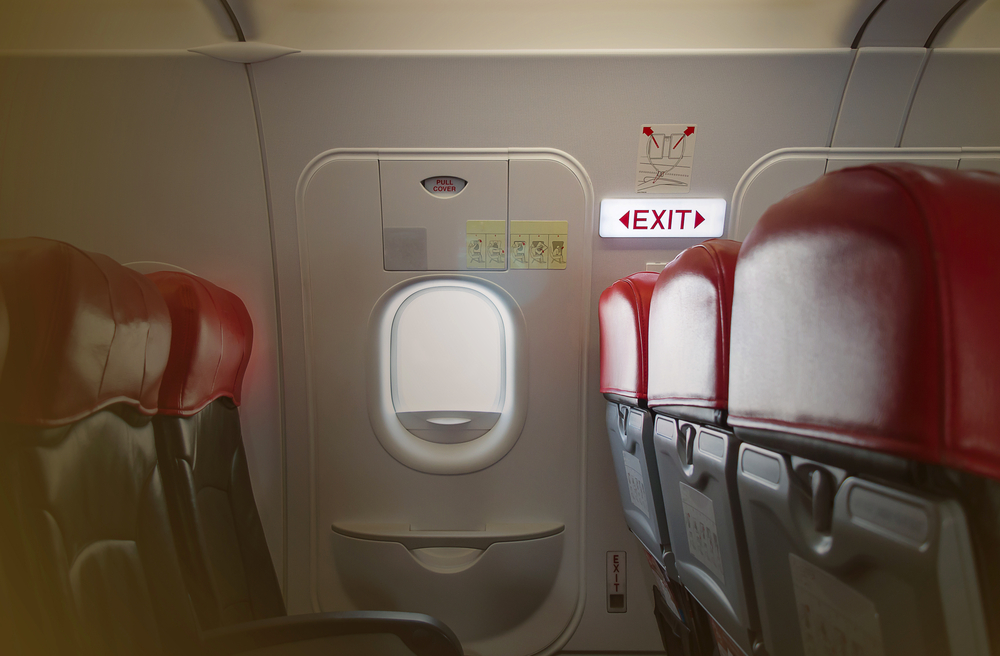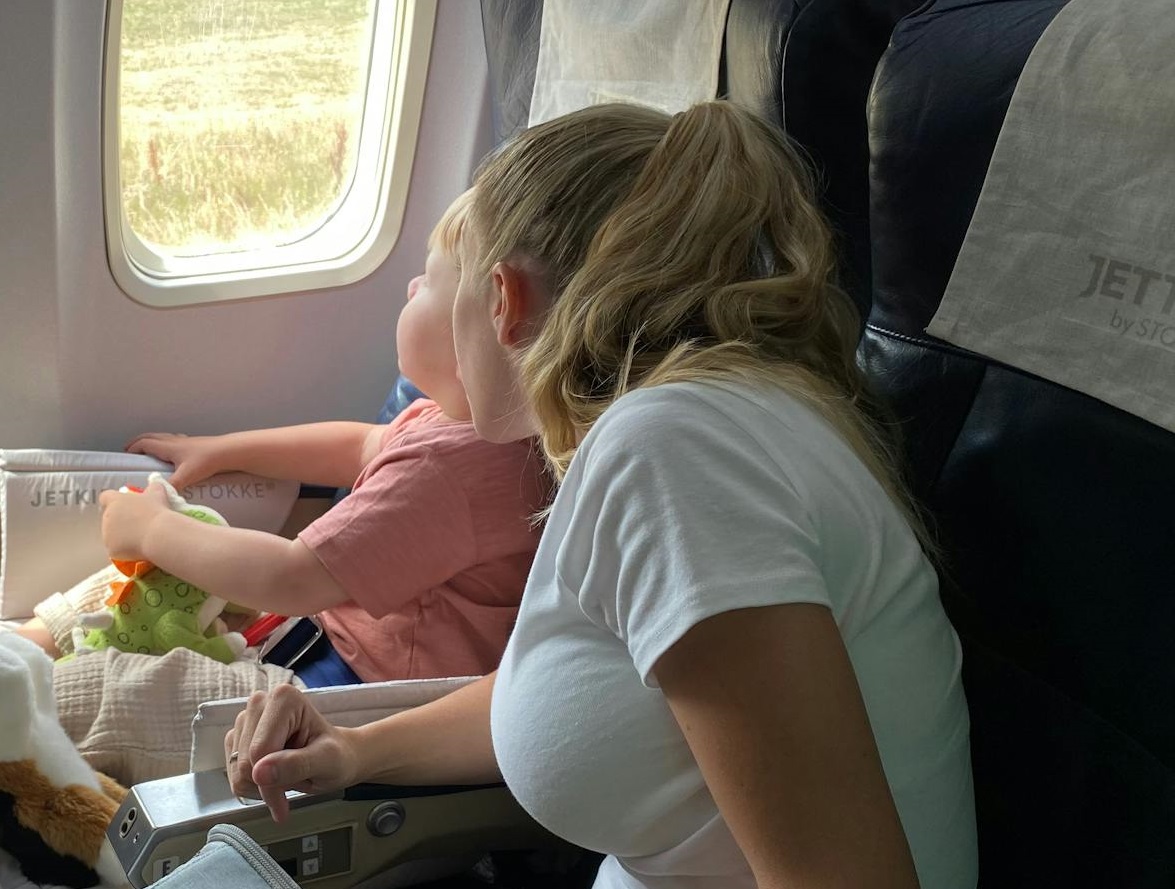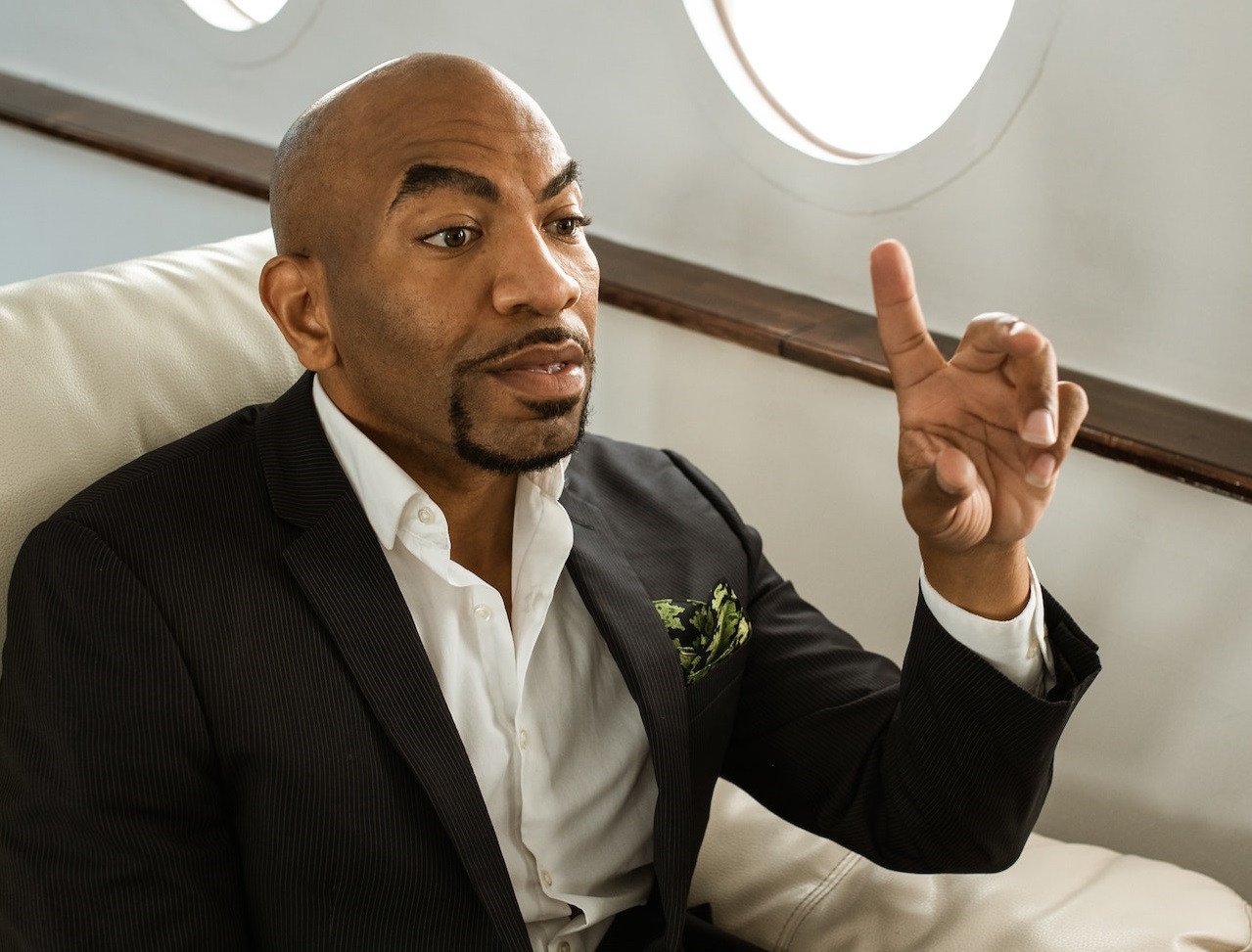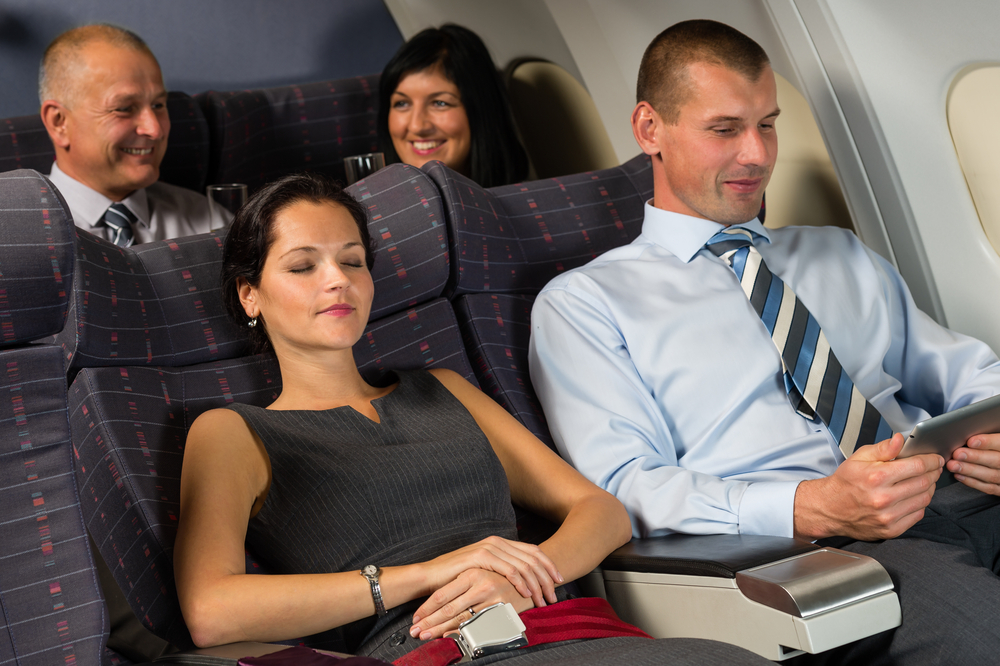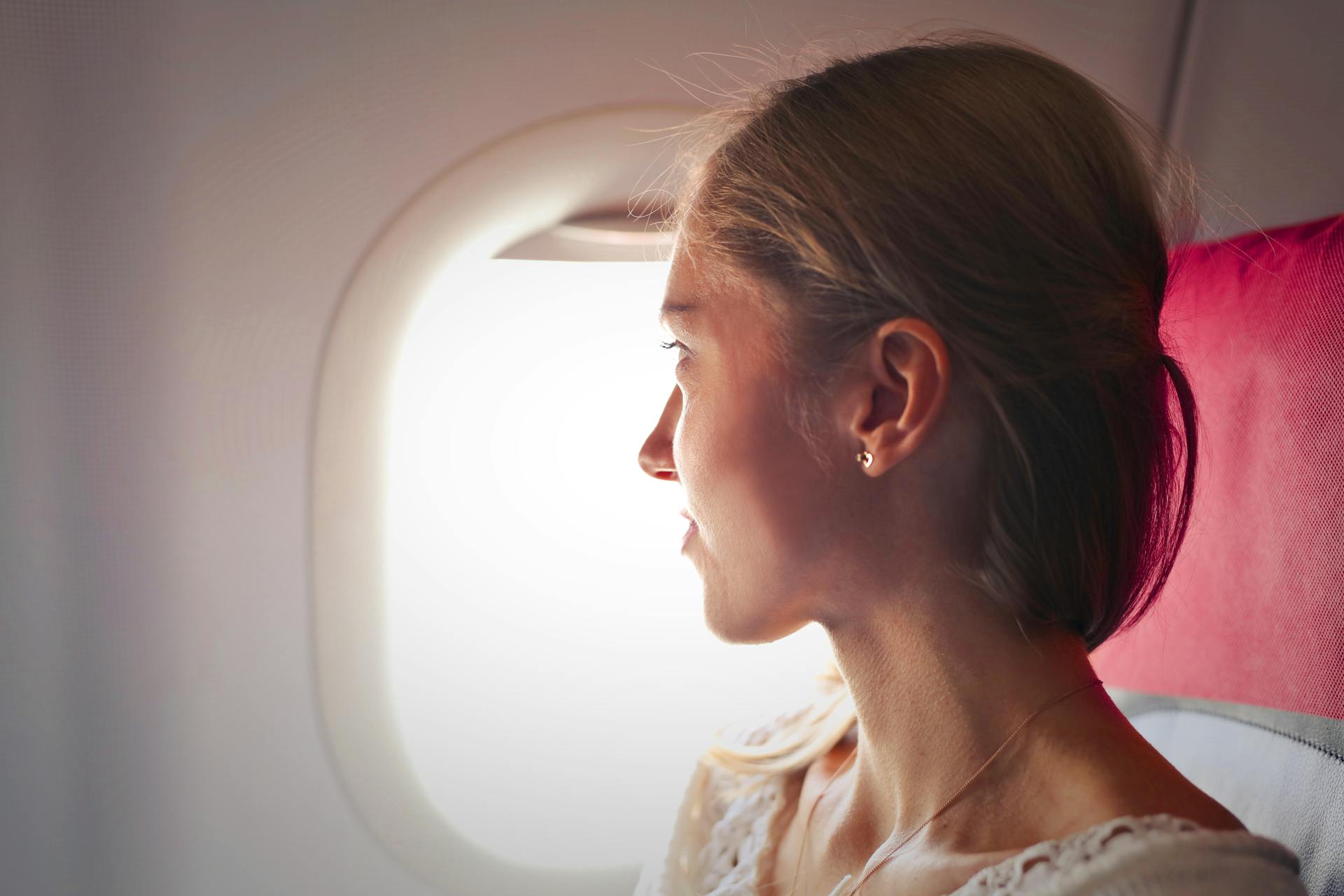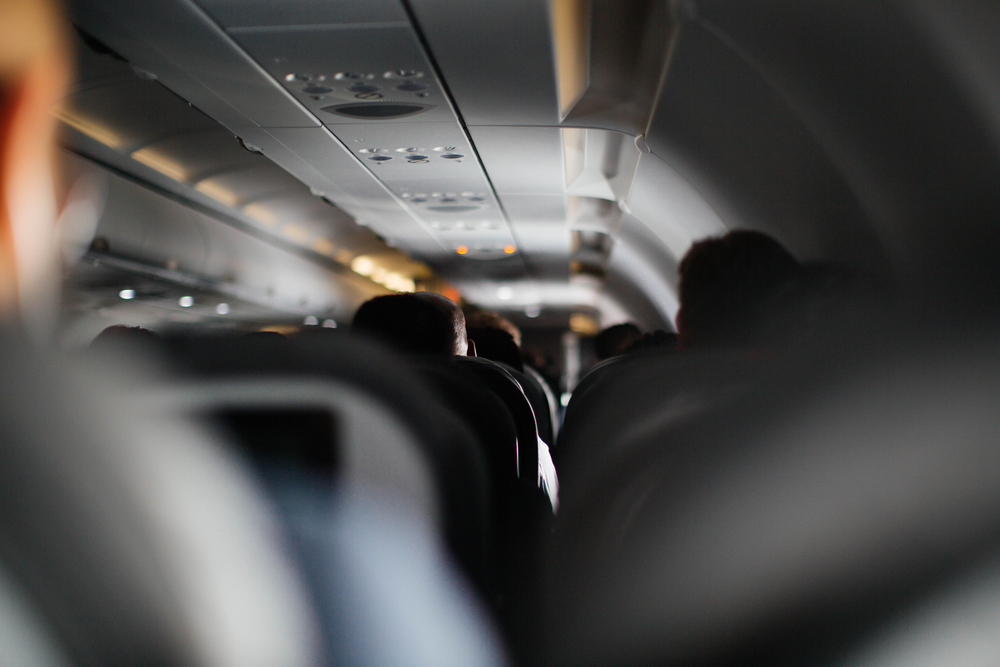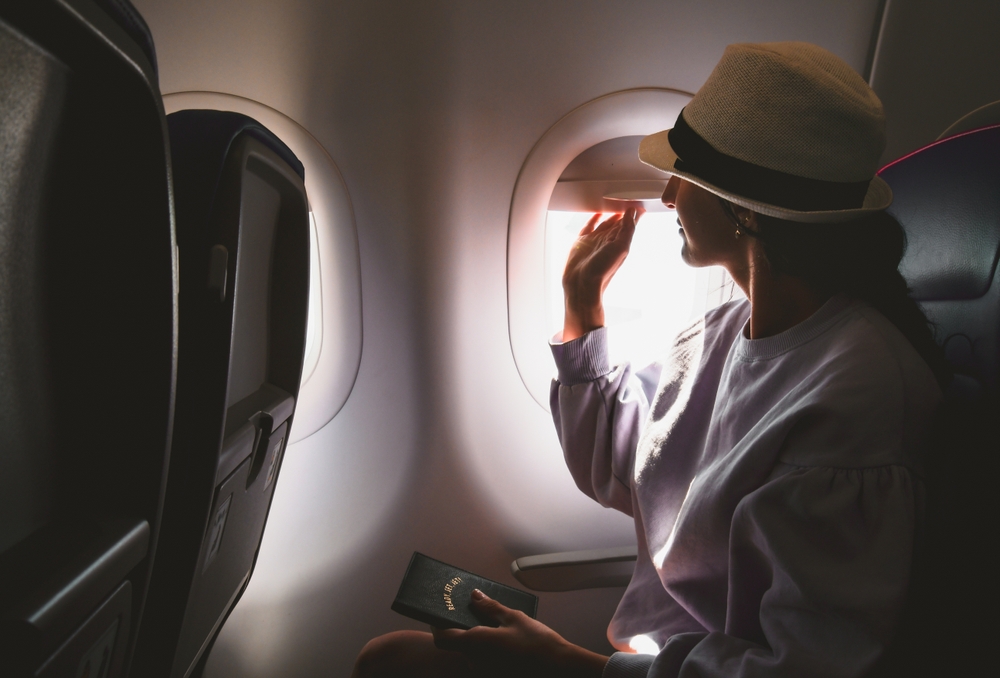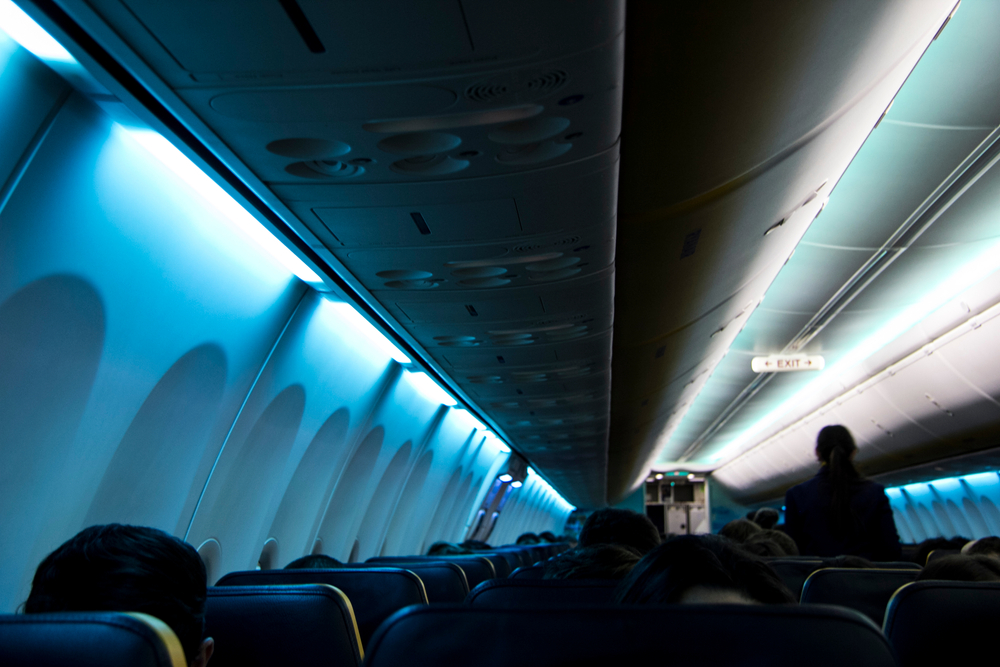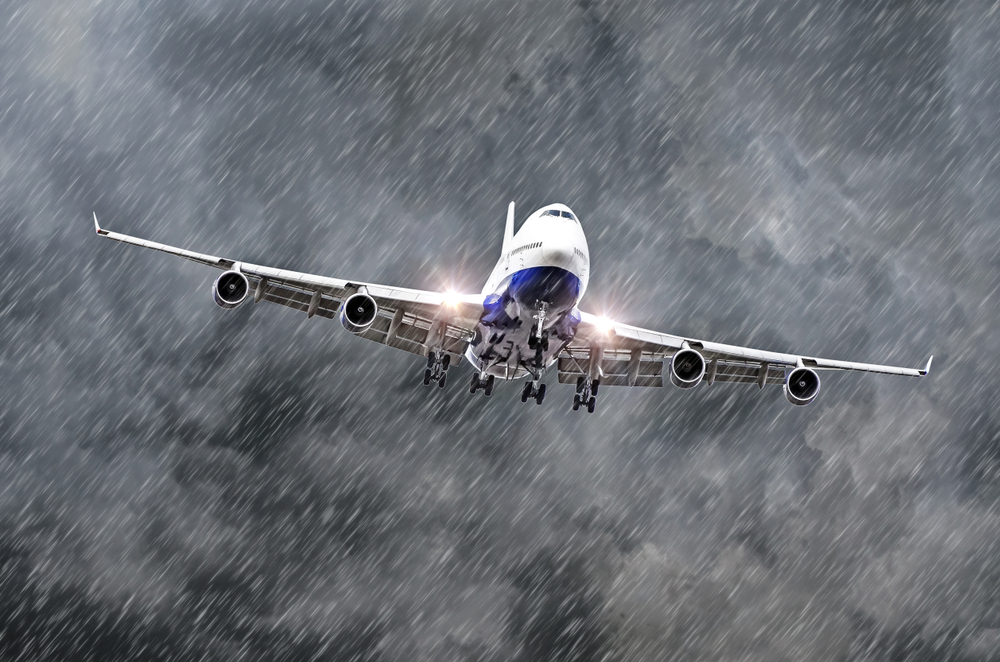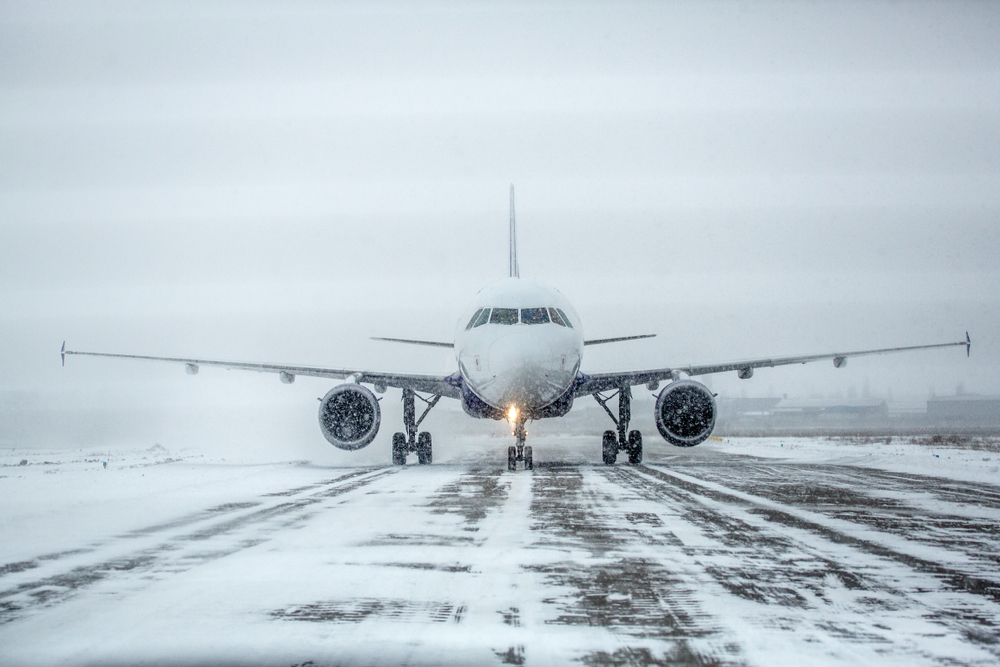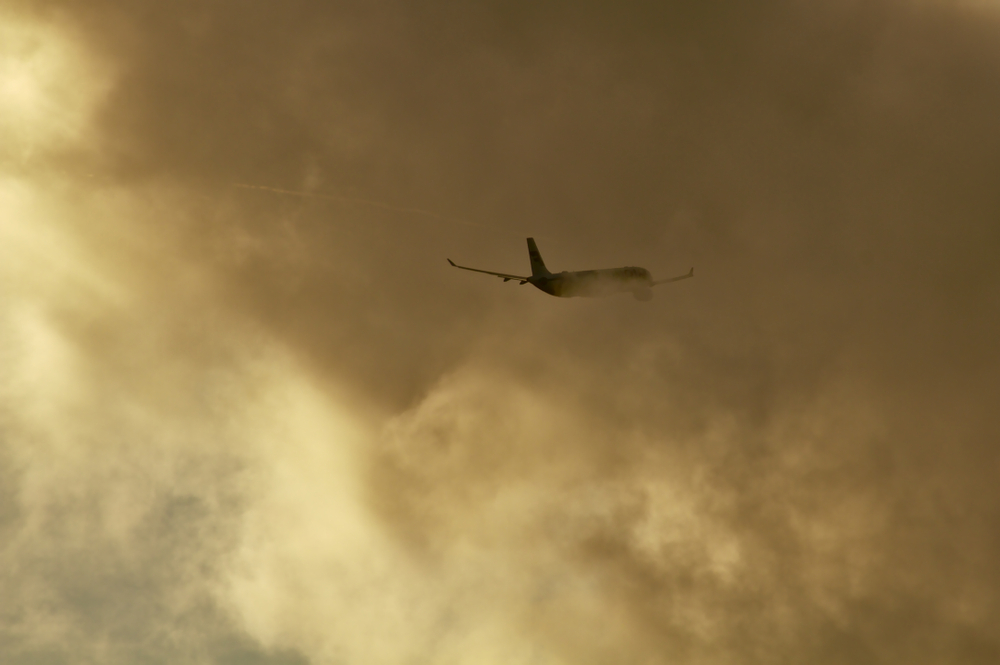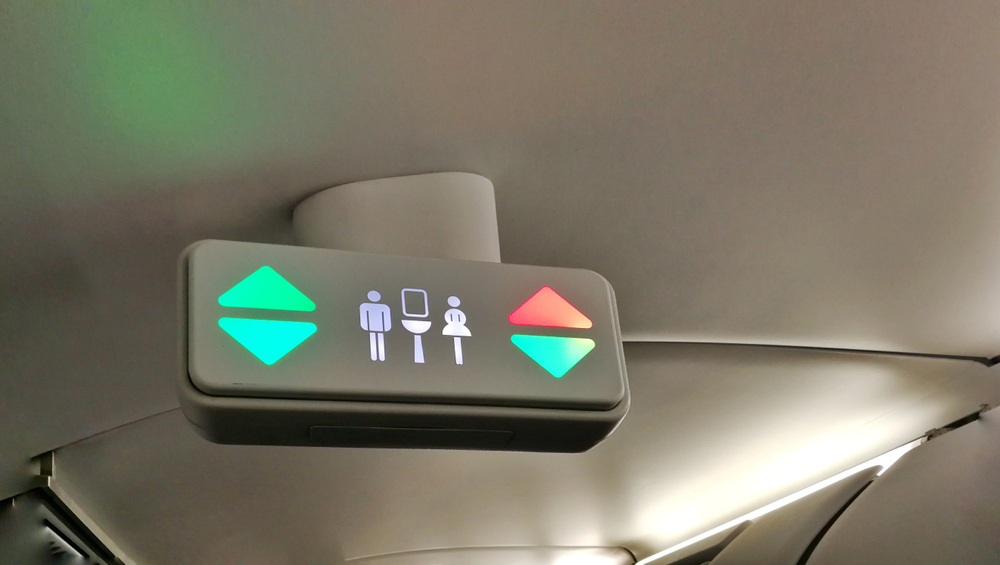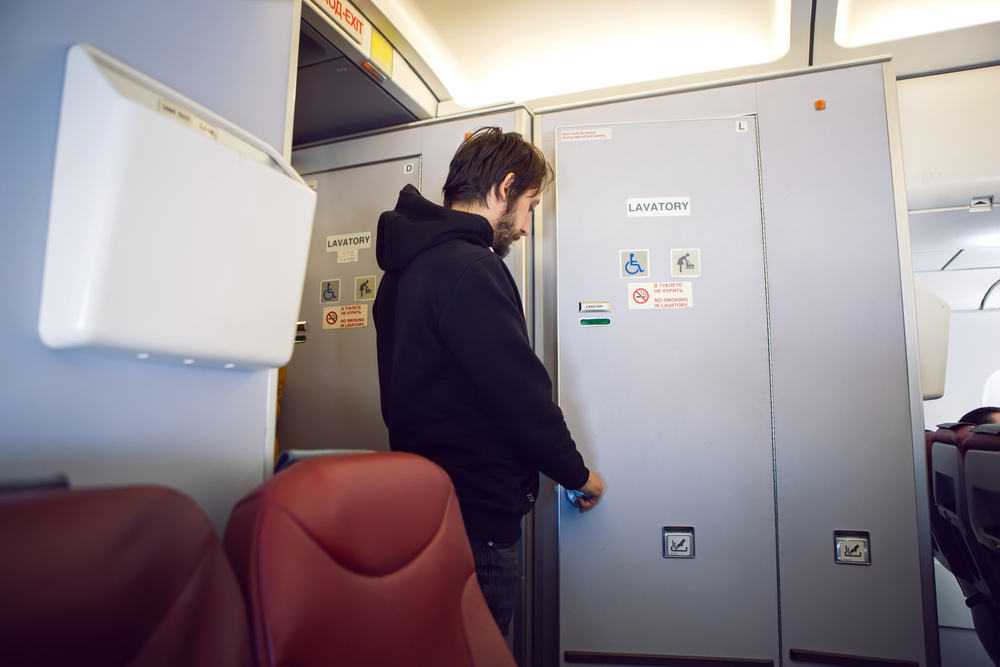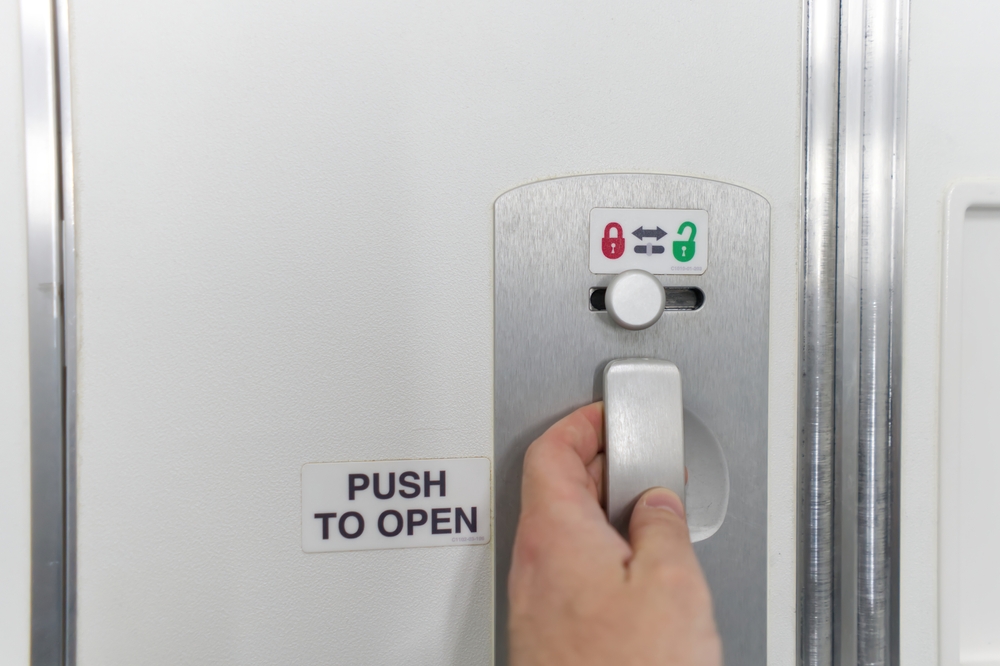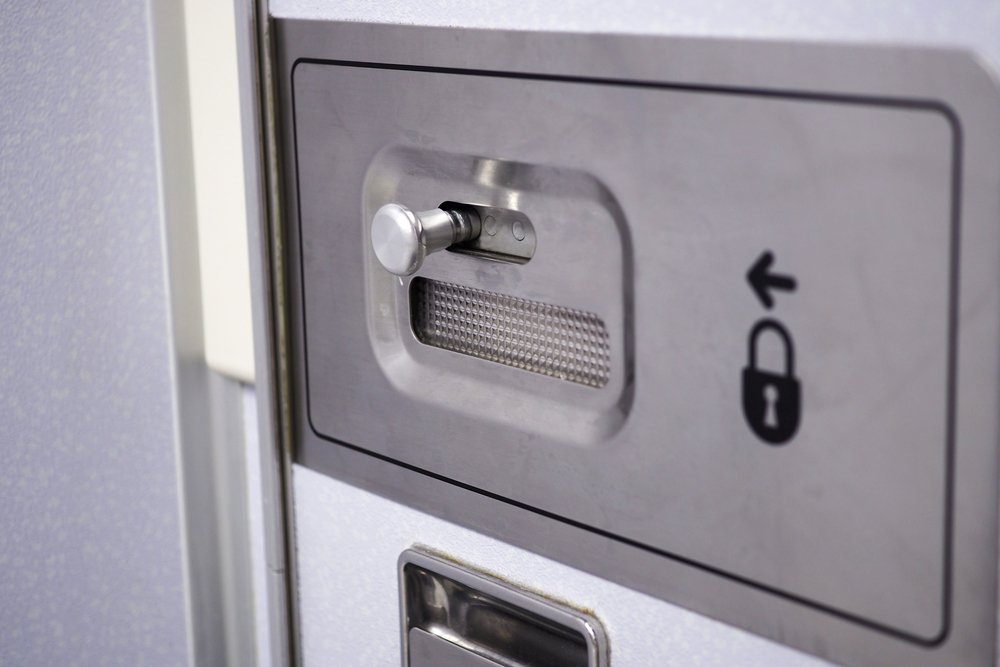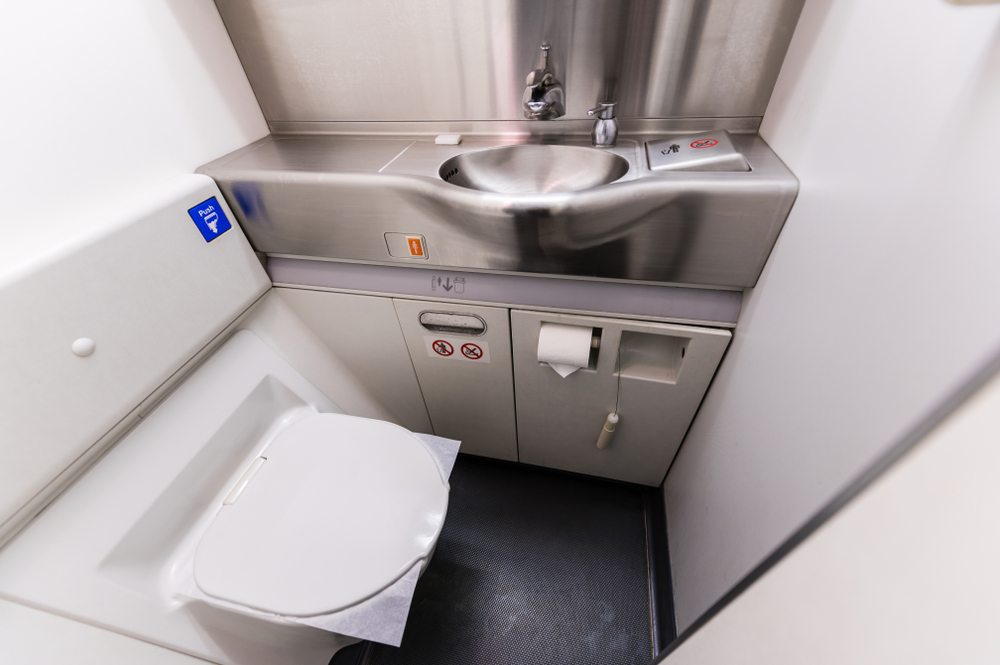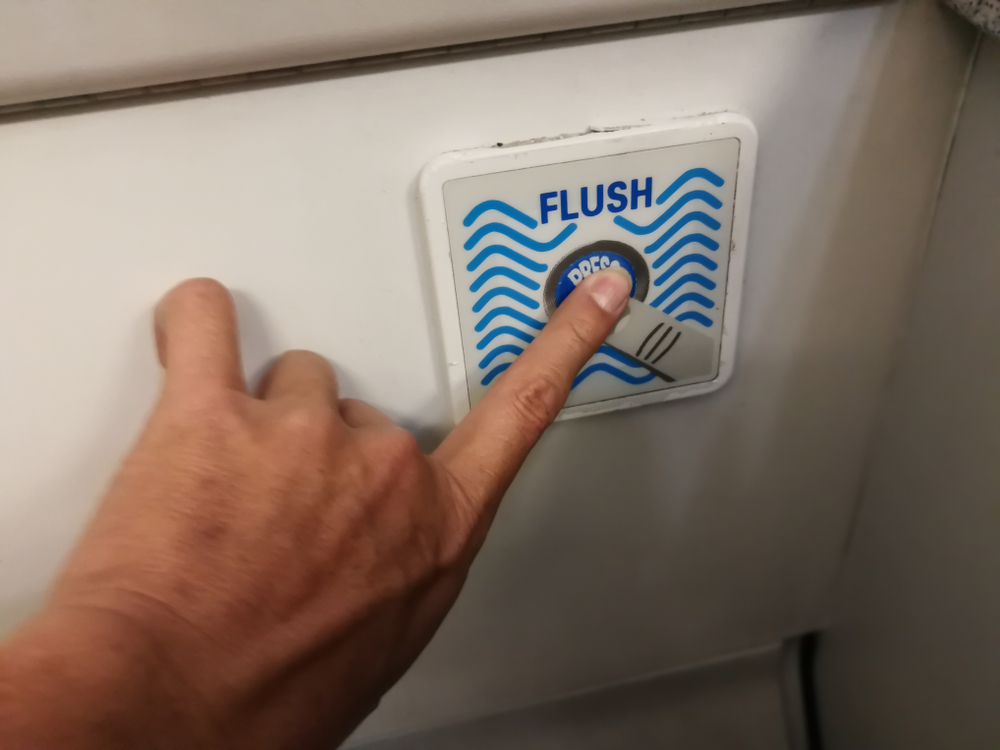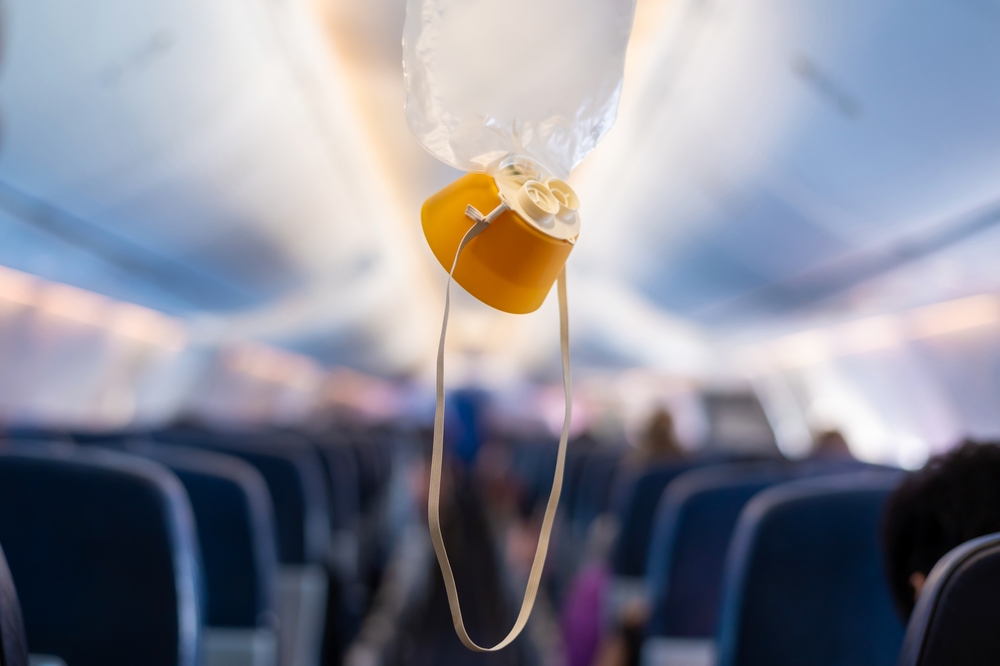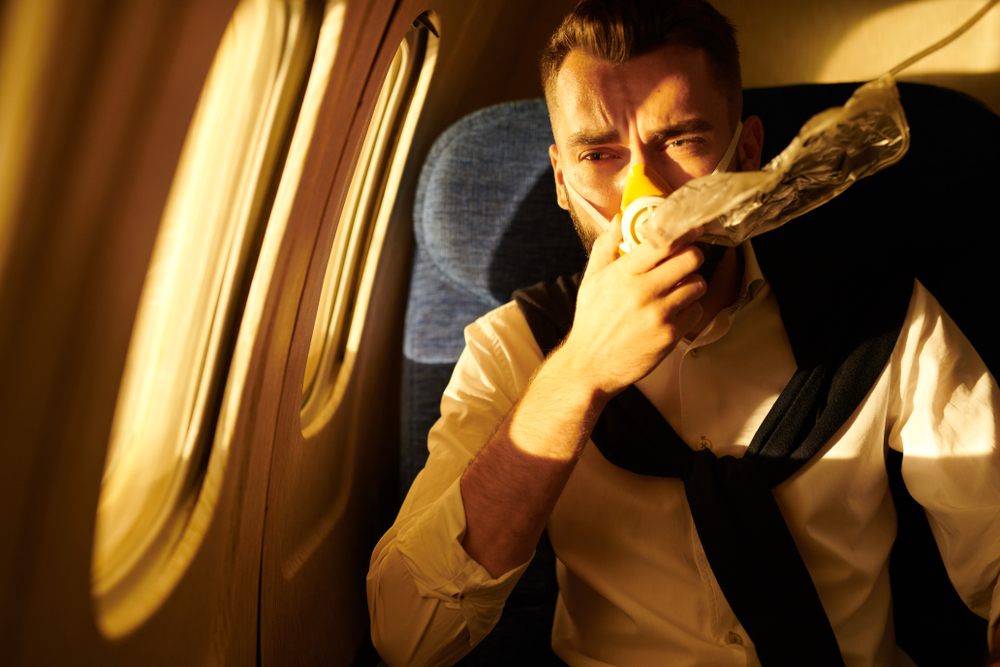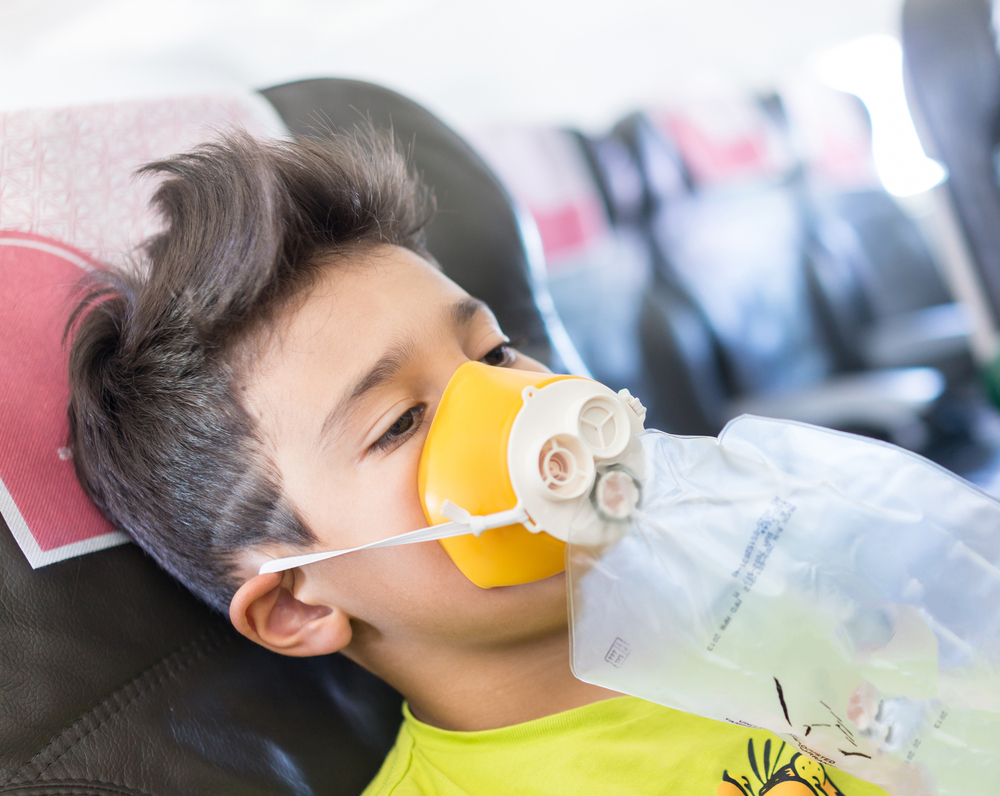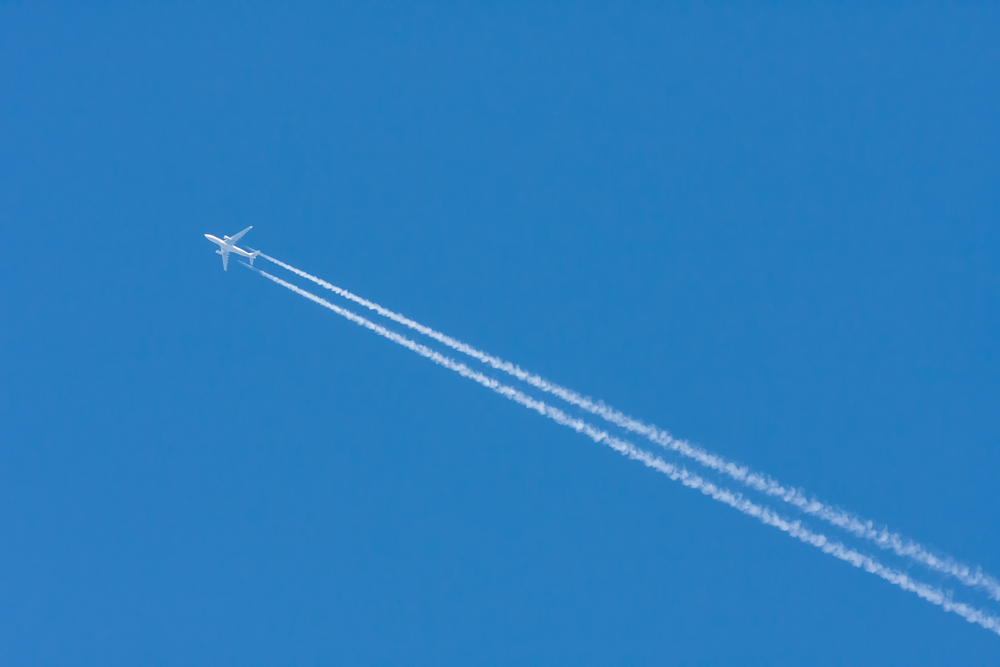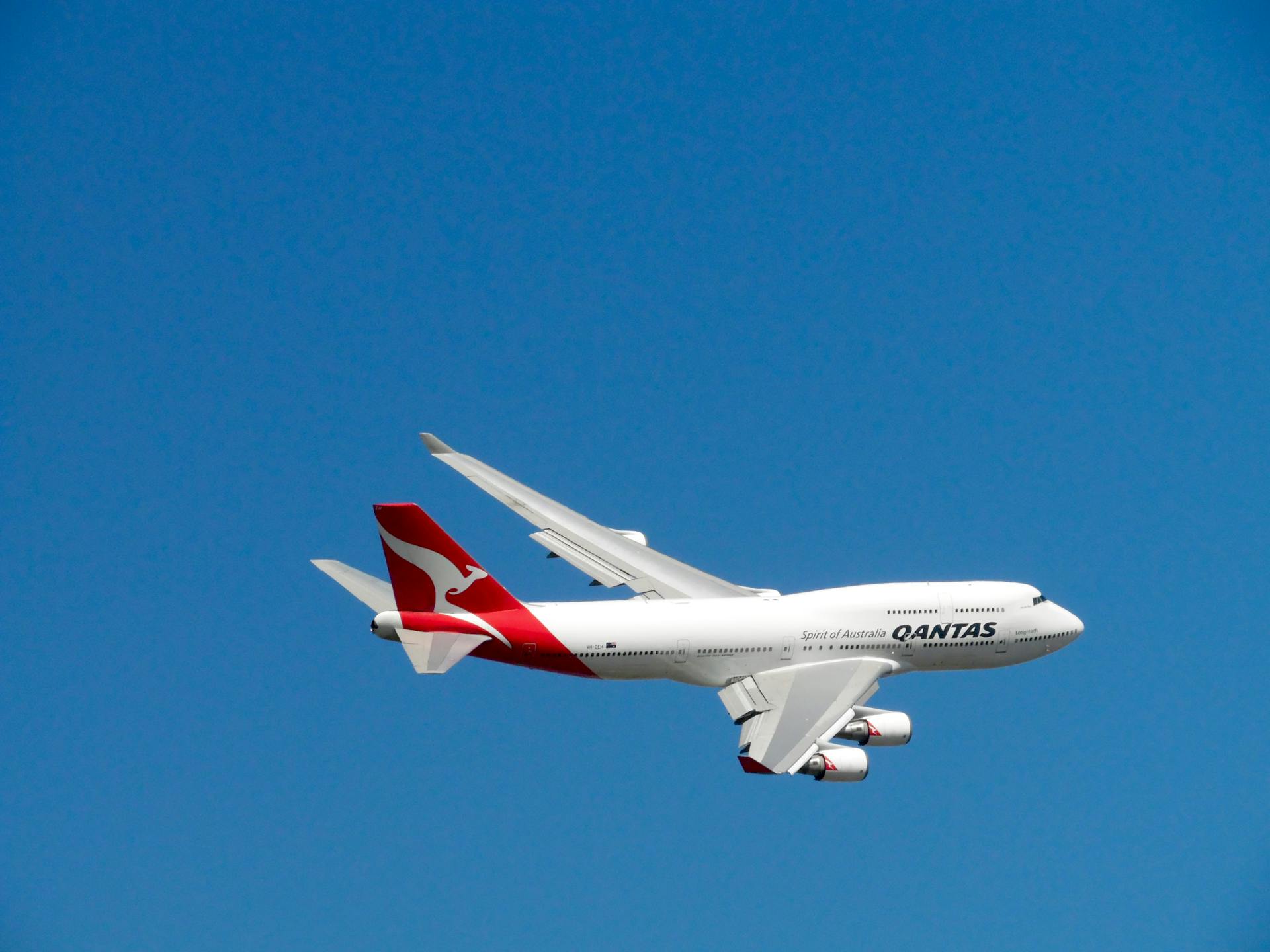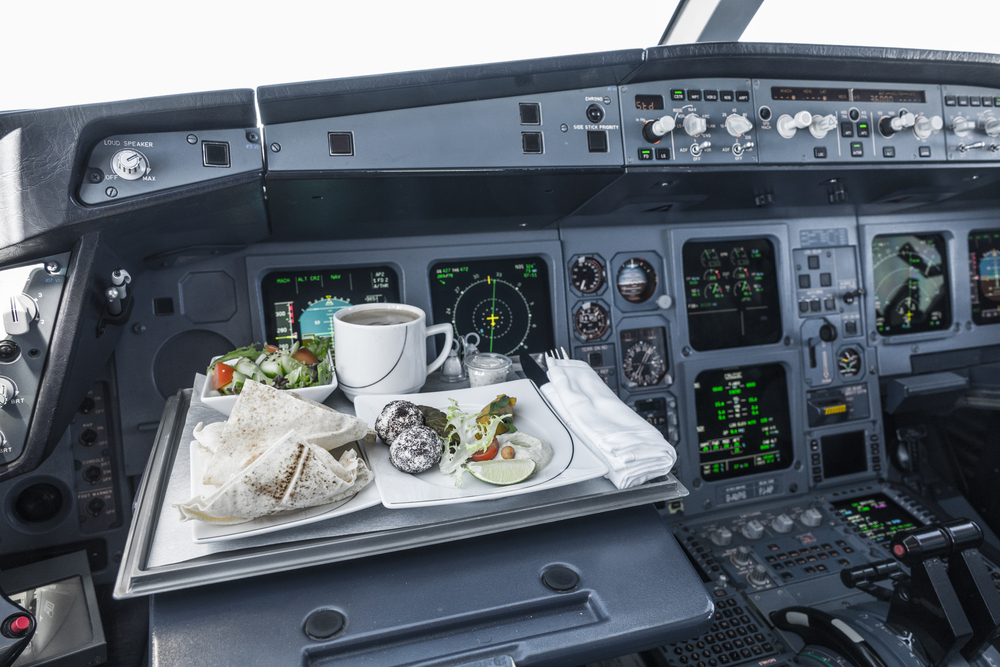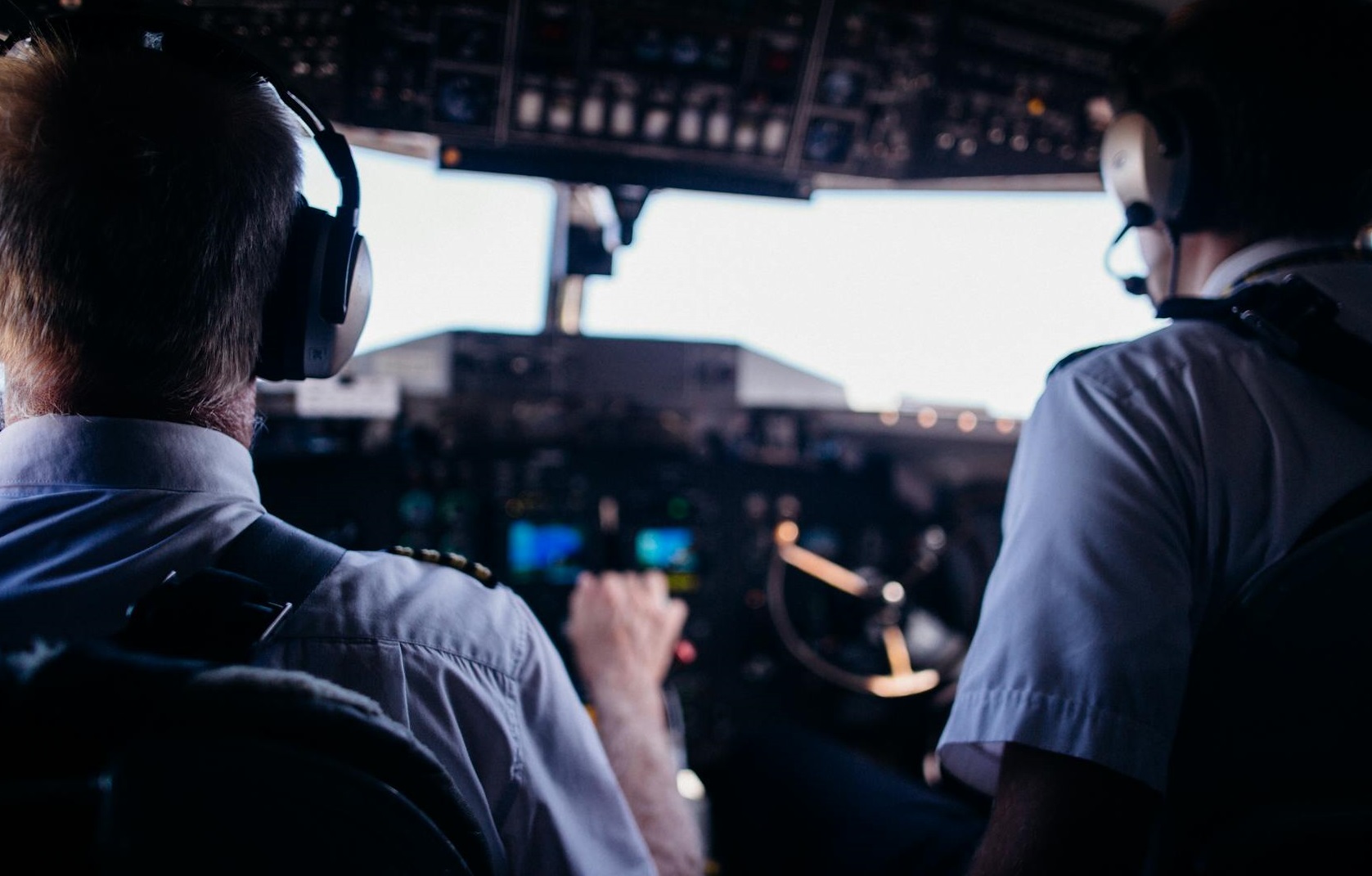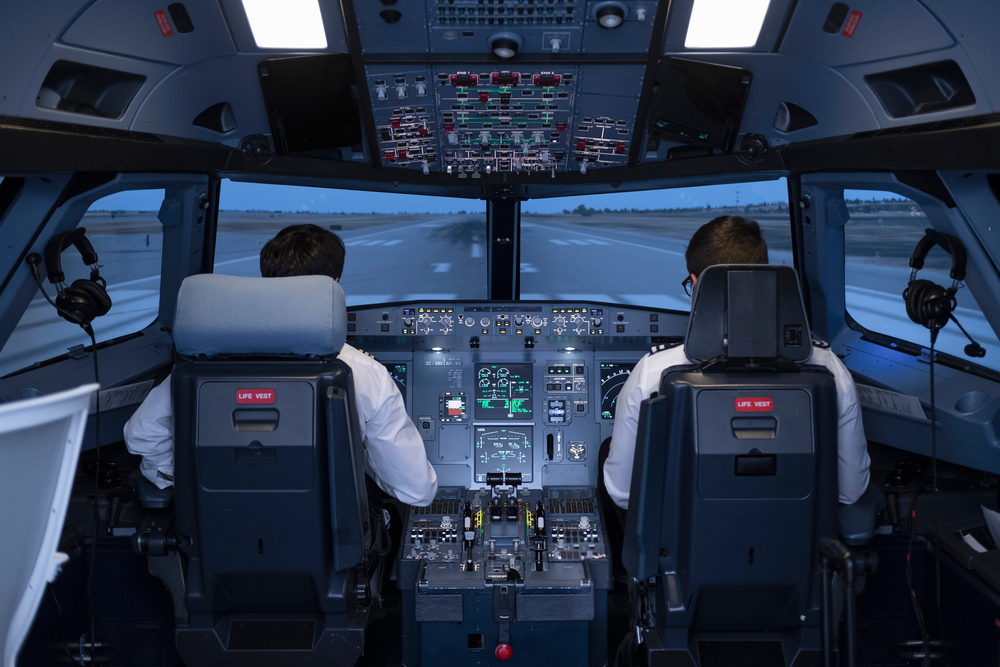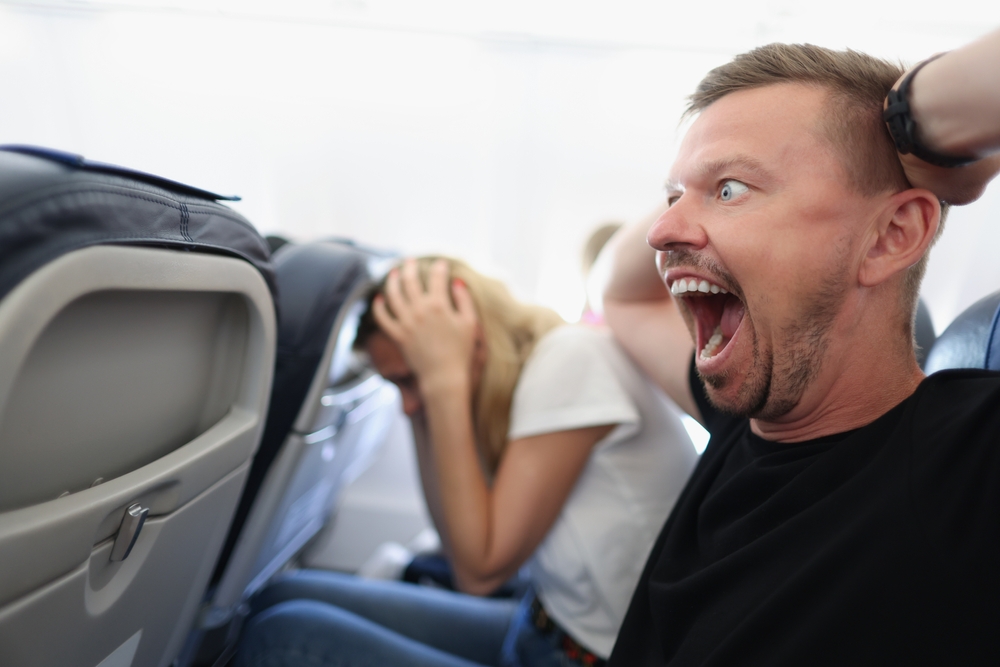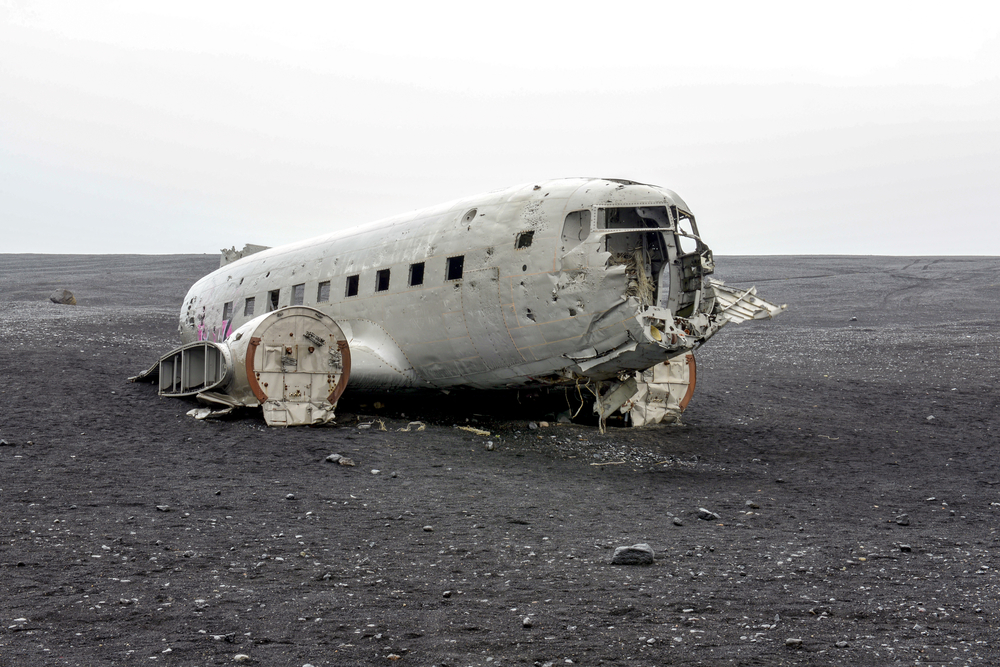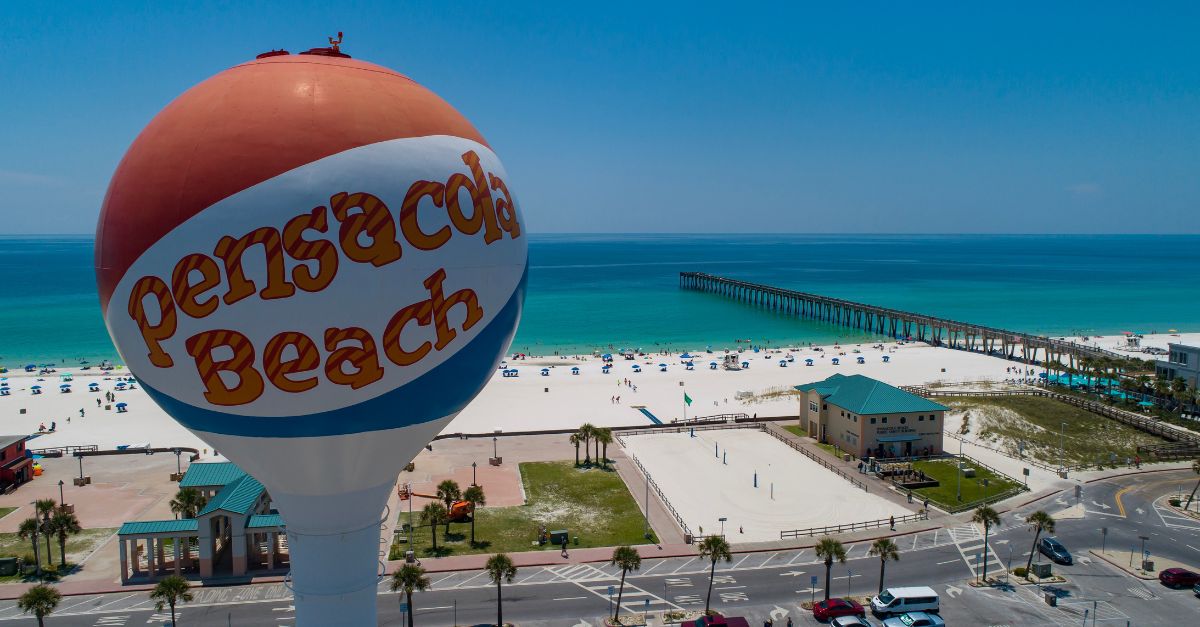Flying Fact Or Fiction
Flying can be terrifying enough without the uncertainty that surrounds it—from tainted coffee to the surprisingly short life of oxygen masks. We looked into 14 of the most common urban myths about flying to separate fact from fiction, once and for all.
You Should Never Drink The Water Or Coffee On A Flight
No one really knows where this rumor started, although for many passengers, one easy way to test it has been to ask the flight attendant a simple question. “Would you drink the coffee served in-flight”? Surprisingly, many say no. But the reason why is pretty complicated
You Should Never Drink The Water Or Coffee On A Flight: Fact Or Fiction?
In the early 90s, a journalist tested water from the bathroom sink on a number of flights—and what she found was disturbing. There was not only E.coli and fecal coliforms, but also the presence of insect eggs. Since then, the government has put regulations into place for airlines regarding water tanks. But that didn’t fix everything.
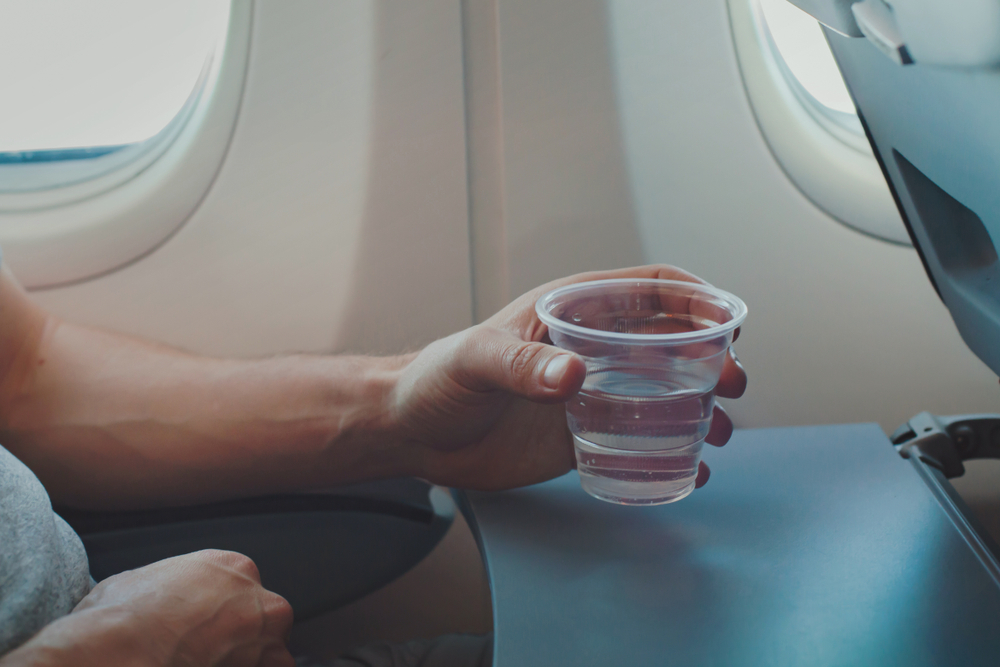 Song_about_summer, Shutterstock
Song_about_summer, Shutterstock
You Should Never Drink The Water On A Flight: Fact
The water tank on an airplane has to be cleaned just once a year to adhere to government regulations, though in this case, it would have to have the water tested a few times a year. Does this mean it’s safe? Sure. Technically. But, if you worry about the cleanliness of the water you drink, bring your own water bottle to the airport and fill it from a water fountain after security instead.
You Have To Use Airplane Mode Or You’ll Mess With The Controls
In 1991, as cellphones grew in popularity, airlines created regulations that required passengers to turn off their phones in flight. Many complied. Others rebelled. Alec Baldwin complained, loudly. Years passed. Smartphones took over. And still, we mostly refrained from using our phones.
You Have To Use Airplane Mode Or You’ll Mess With The Controls: Fact Or Fiction?
Wireless giant Qualcomm claims to have invented airplane mode in the year 2000, and we all (mostly) went along with it for decades. But…if people were secretly using their phones during takeoff and landing, why weren’t planes falling out of the sky? Was it never really an issue in the first place?
You Have To Use Airplane Mode Or You’ll Mess With The Controls: Fiction
The easing of regulations around phone use in flight in the last few years tells us everything we need to know. While it may have been an issue at some point, it’s totally fine to use your phone on a plane—as long as your airline is one of the ones, like Qantas and Virgin Australia, that has 86-ed their regulations about it.
Pilots Sleep While Flying
Despite regulations about working hours, pilots still work very long shifts, so there’s always a danger of fatigue or exhaustion. Though there’s a flight crew and not just one pilot manning the flight deck on commercial flights, there’s still always the possibility that someone could quite literally fall asleep at the wheel, right?
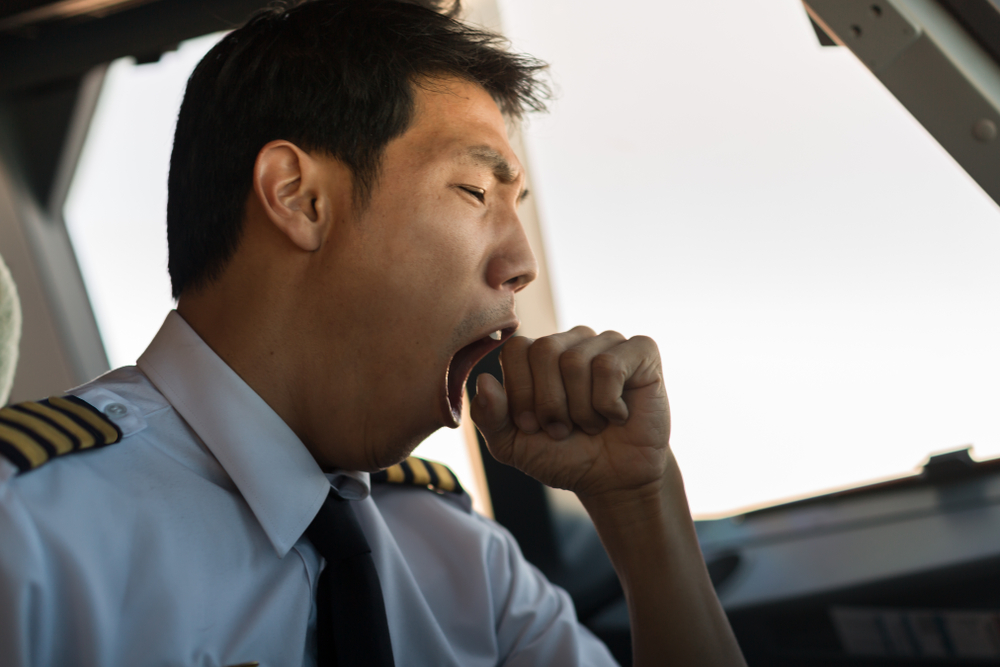 christinarosepix, Shutterstock
christinarosepix, Shutterstock
Pilots Sleep While Flying: Fact Or Fiction?
On long, international flights, both cabin crew and pilots are encouraged to take rest periods while their colleagues take over their duties. So yes, while pilots can sleep, it’s not like they’re sleeping on the job, right? …Right?
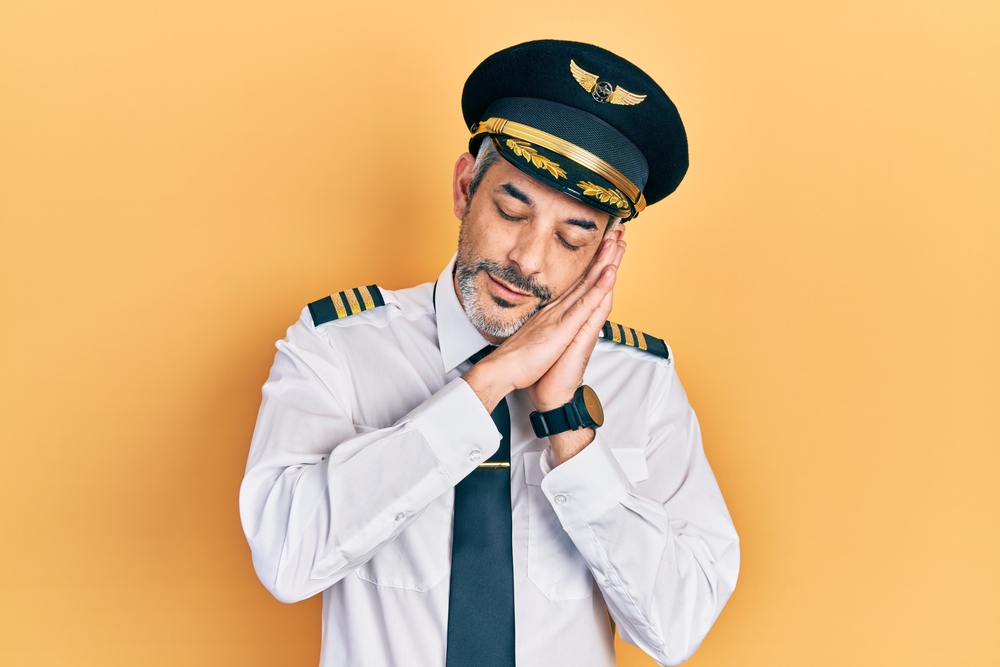 Krakenimages.com, Shutterstock
Krakenimages.com, Shutterstock
Pilots Sleep While Flying: Fact
Of course, anything is possible on an anecdotal level. Pilots have confessed to accidentally falling asleep while they’re at the controls, and in 2014, a team of pilots fell asleep at the same time, causing a flight from Mumbai to Brussels to drop 5,000 feet.
Everyone Will Get Sucked Out If The Door Opens Mid-Flight
We’ve all seen those viral videos of passengers in crisis attempting to open a door mid-flight and being restrained by other passengers or crew. But what would happen if they actually got the door open? Would it be like on TV or in movies, where people get sucked out?
Everyone Will Get Sucked Out If The Door Opens Mid-Flight: Fact Or Fiction?
Well, first things first: flights in the air are pressurized, which means that it’s impossible for a human to open the door. Besides that, the doors are incredibly heavy. But what about an emergency?
Everyone Will Get Sucked Out If The Door Opens Mid-Flight: Fiction
Well, as you’ll remember from the in-flight safety demonstration—wait, do you mean you weren’t paying attention? In case of emergency, the cabin gets depressurized, which is why those oxygen masks drop from the ceiling. So, while you can get the door open in an emergency, no one can open the door mid-flight and get everyone sucked out.
The Air On The Plane Is Full Of Germs
If you fly regularly, it’s likely that you’ve gotten sick after a flight. After all, you’re shut up in a metal box with a bunch of strangers for hours on end. But don’t the planes have air purifiers, or regulators, or…something? Well, the answer is complicated.
The Air On The Plane Is Full Of Germs: Fact Or Fiction?
When the plane pressurizes, air created by the engine’s compressors begins to circulate throughout the cabin. The compressors warm and pressurize the air they take in from outside the flame. But that air is just 25% to 50% of what passengers breathe on a plane.
The Air On The Plane Is Full Of Germs: Fact
Though there are filtration systems, there’s only so much that they can do when the other 50% to 75% of the air that circulates in a plane comes from other passengers. If one person is sick, it’s entirely likely that you’ll come into contact with air they’ve breathed. For an added layer of precaution, you can turn off the air that blows directly down at you.
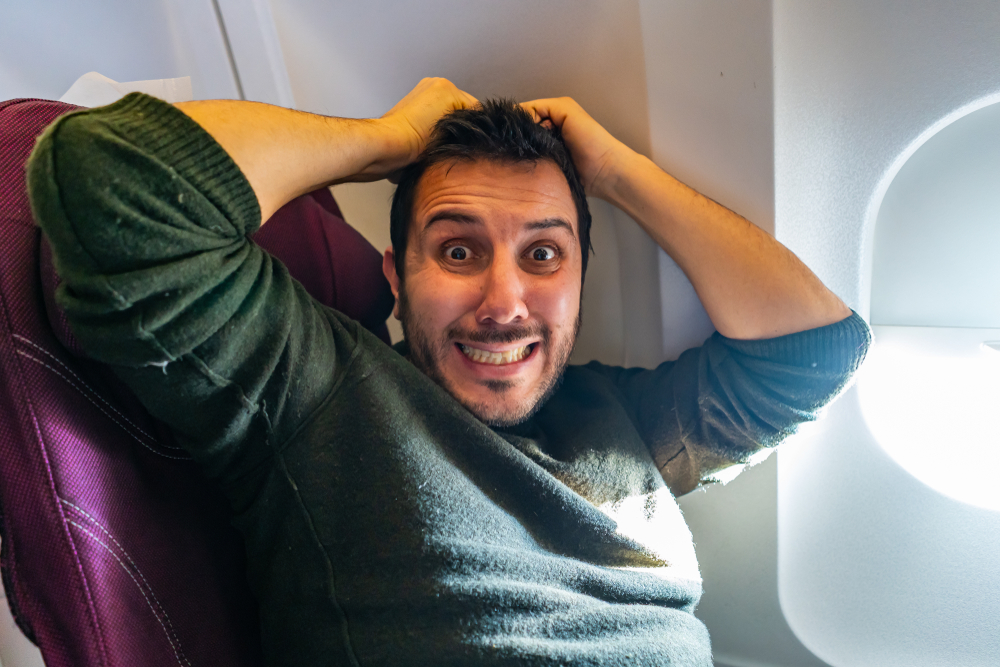 illpaxphotomatic, Shutterstock
illpaxphotomatic, Shutterstock
There Are Air Marshals On Every Flight
The Federal Air Marshal Service first took flight—pun intended—in 1962, to protect the flying public. They do this by traveling incognito, and are trained in firearms use, flight-specific tactics, and to recognize potential terrorist behavior, among other things.
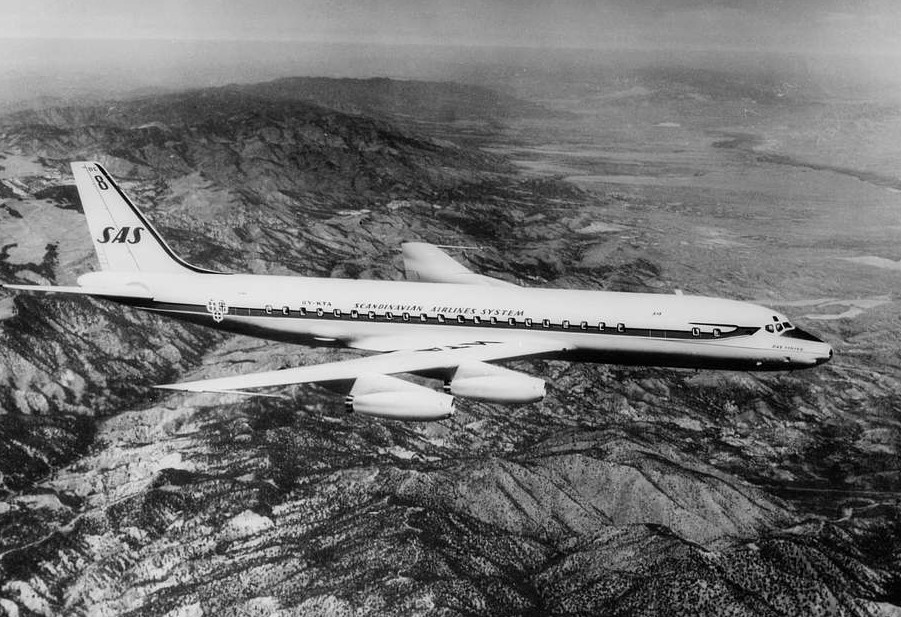 SAS Scandinavian Airlines, Picryl
SAS Scandinavian Airlines, Picryl
There Are Air Marshals On Every Flight: Fact Or Fiction?
Since they’re undercover, it’s entirely plausible that there could be one on every flight—but history has proven different. During an incident that erupted in violence between two passengers in 2014, there were actually four air marshals on the flight. If that seems unusual, it’s because it is.
There Are Air Marshals On Every Flight: Fiction
In reality, less than 1% of flights have an air marshal on them. Considering there are some 44,000 flights every day in the US, it would simply be impossible to have enough staff to have an air marshal on every flight.
Dim Lights Aren’t For Sleep—They’re For Evacuation
Picture this: You’ve boarded your flight, taken off, and eaten a lackluster dinner. Now, the sun is setting and the lights are dimming. People are watching movies and preparing to sleep. As the sun finally sets, the cabin is dark—but is it just so that people can sleep?
Dim Lights Aren’t For Sleep—They’re For Evacuation: Fact Or Fiction?
Of course, it makes sense to dim the lights—after all, if it’s a night flight, the expectation is to catch a few ZZZs, and that necessitates a dark environment. But along the line, people began to speculate that the dim lights were really a way to prepare passengers for emergency evacuation. But what does that really mean?
Dim Lights Aren’t For Sleep—They’re For Evacuation: Fact
Well, this one is a fact—sort of. While it’s certainly easier for passengers to snooze in the dark, adjusting the lighting on a flight so that it mirrors the amount of light outside the plane ensures that, in the case of an emergency, precious moments aren’t lost while passengers’ eyes adjust to the difference in light inside and outside the plane.
Severe Weather Can Cause The Plane To Crash
For many passengers, flying is an inherently scary thing, and adding bad weather into the mix can cause a lot of anxiety. After all, it’s one thing when you’re down on land, far away from the source of the bad weather. Flying makes you feel like you’re right in the middle of it—and like you’re far more vulnerable.
Severe Weather Can Cause The Plane To Crash: Fact Or Fiction
Planes are truly a modern marvel of engineering. They create air for us to breathe in a situation where we’d otherwise suffocate. They can lose one engine and still function. They can drop hundreds of feet with relatively little damage. And yes, they can stand up to extreme weather events.
Severe Weather Can Cause The Plane To Crash: Fiction
Even lightning wouldn’t be enough to take down a commercial flight—unless, of course, it somehow took out both engines or started a massive fire. But, while many flight crews have experienced terrifying flights thanks to bad weather, it’s not really plausible that severe weather would take down a commercial jet.
Bathrooms Can Be Unlocked From The Outside
It’s every traveler’s worst nightmare. You’re sitting down to do your business and the door flies open, exposing you to the cabin crew and your fellow passengers. But if you lock the door, it shouldn’t be a problem, right? …Right?
Bathrooms Can Be Unlocked From The Outside: Fact Or Fiction?
Safety rules are different on planes than they are on the ground, and for that reason, some privacy concerns take a backseat. The Mile High Club is one thing—but what if a passenger had a medical emergency, or potential hijackers were to lock themselves in the bathroom? Would the cabin crew (or that rare air marshal) have any recourse?
Bathrooms Can Be Unlocked From The Outside: Fact
Airplane bathrooms can, in fact, be unlocked from the outside in the event of an emergency. But no need to worry about a flight attendant barging in on you, as long as you lock the door and don’t do anything that’s against the law when you’re in there.
You Can Get Stuck To A Plane Toilet
Perhaps it’s the average person’s understanding—or lack thereof—about pressurized air and how it circulates in a plane. But one urban myth about air and flying is a horrible nightmare to those who are prone to embarrassment.
You Can Get Stuck To A Plane Toilet: Fact Or Fiction?
In 2002, the BBC reported that a woman had flushed the toilet while still sitting down on a plane, and found herself trapped as the flush created a vacuum seal. According to the story, she had to wait until landing to be freed by airline techs. There was just one problem.
You Can Get Stuck To A Plane Toilet: Fiction
The story wasn’t true. Though it’s possible that you could get momentarily stuck as the toilet flushed, the moment it stops, the vacuum effect would dissipate. Either way, it’s a much better practice to stand up, close the lid, and THEN flush.
Oxygen Masks Only Work For 15 Minutes
Though they show you how to put on your oxygen mask during the safety demonstration and urge you to do it fast, they don’t really say how fast. In a true emergency, there’s only about 10-15 seconds before the oxygen is sucked out of the cabin…and your lungs. In another 25-30 seconds, you pass out. Yikes.
Oxygen Masks Only Work For 15 Minutes: Fact Or Fiction
So, once you get that oxygen mask on, you breathe in and start to calm down. Then, assuming the pilot is unable to pressurize the cabin again, you wear it until you land, right? Well, not quite.
Oxygen Masks Only Work For 15 Minutes: Fact
It is true that oxygen masks generally only have enough oxygen for each passenger for 15 minutes. But, should the pilots not be able to get air pressure in the plane again, 15 minutes is more than enough time to bring the plane down to an altitude where everyone can breathe.
Airlines Dump Human Waste In-Flight
Remember the story from 2004 about a Dave Matthews Band tour bus dumping 800 lbs of human waste onto an unsuspecting boat tour in the Chicago River? If you’re like us, maybe it caused you to wonder what happens to the human waste that’s collected in flight. Is it cleaned out upon landing…or is it dumped mid-flight?
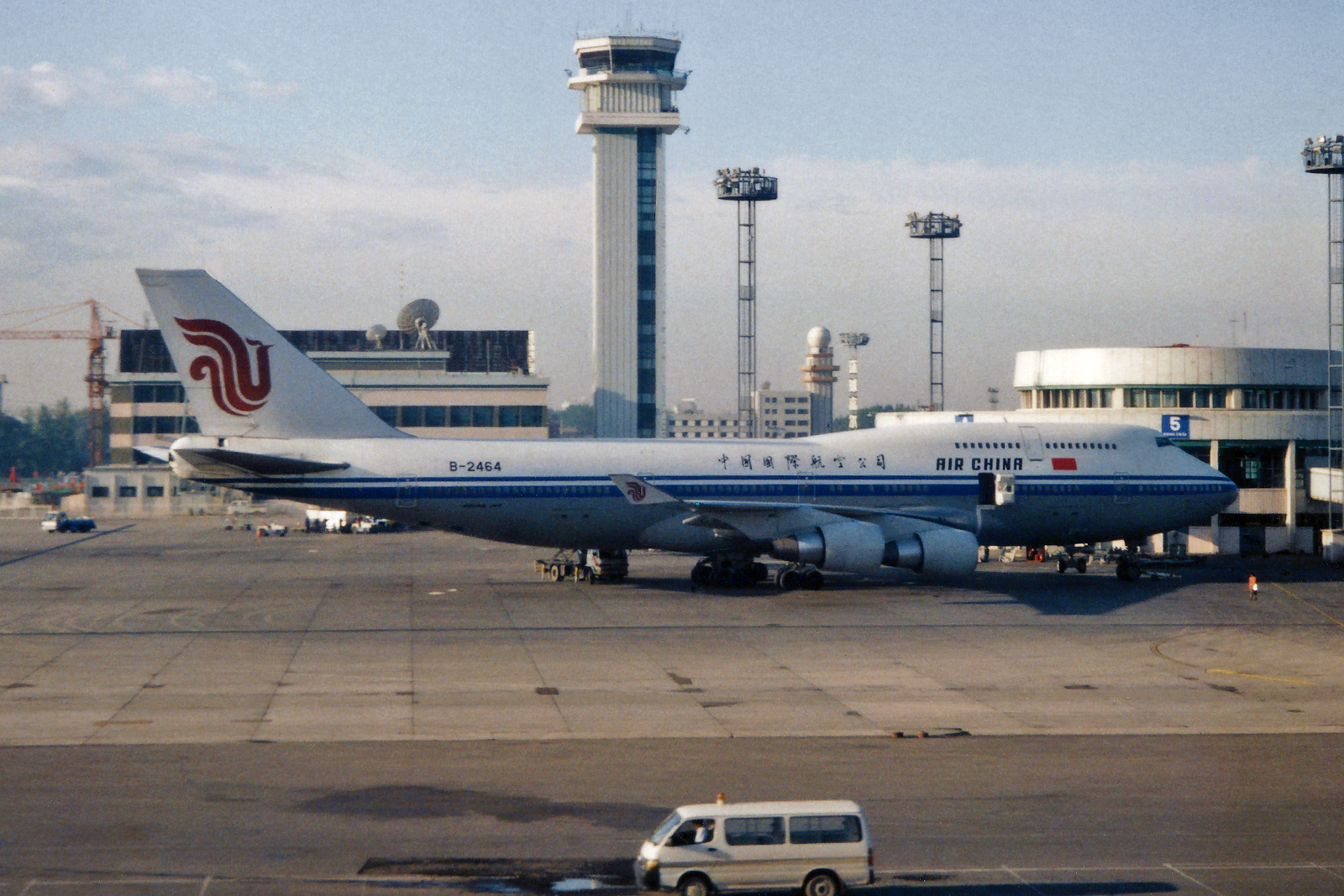 Kambui, CC BY 2.0, Wikimedia Commons
Kambui, CC BY 2.0, Wikimedia Commons
Airlines Dump Human Waste In-Flight: Fact Or Fiction?
Rumors flew about “blue ice” raining from the sky—used airplane toilet water, dyed blue and frozen. Some people even reported being hit by mysterious blue liquid. Eventually, the Federal Aviation Administration (FAA) had to address the stories.
Airlines Dump Human Waste In-Flight: Fiction
The FAA clarified that it is impossible for planes to release the waste from their holding tanks while they’re in flight. Instead, tanks are emptied after landing. They even speculated on what exactly the blue substance people were reporting might be: bird excrement from eating blue fruits.
Pilots Are Required To Eat Different Meals
When you’re on a plane, there are two people in the cockpit keeping you from plummeting out of the air at top speed: The pilot and the co-pilot. If one gets sick, the flight can rely on the other. But what measures are taken to ensure that they both don’t get sick.
Pilots Are Required To Eat Different Meals: Fact Or Fiction
It harkens back to the days when kings had subjects test their meals for poison before eating them—the idea that the co-pilot and pilot have to eat different meals to ensure that, if there’s a problem, they won’t both have to deal with simultaneous food poisoning if they’re flying.
Pilots Are Required To Eat Different Meals: Fact
While it’s not written in stone in industry regulations, this one is fact. Especially on longer, international flights, pilots and co-pilots will often be served different meals.
Brace Position Isn’t Meant To Save You
As you may remember from the safety demonstration at the beginning of any flight, in the event of a crash, you are encouraged to put your head down and arms around your legs or take another brace position in order to lessen the impact. But hey, if you’re crashing—what different is it really going to make?
Brace Position Isn’t Meant To Save You: Fact Or Fiction?
With that logic in hand, people began to speculate that there might be a much more sinister explanation behind the airlines suggesting people brace themselves for impact. Some claimed it would actually ensure a swift end, while others said it might make bodies easier to identify. Scary stuff! But is it true?
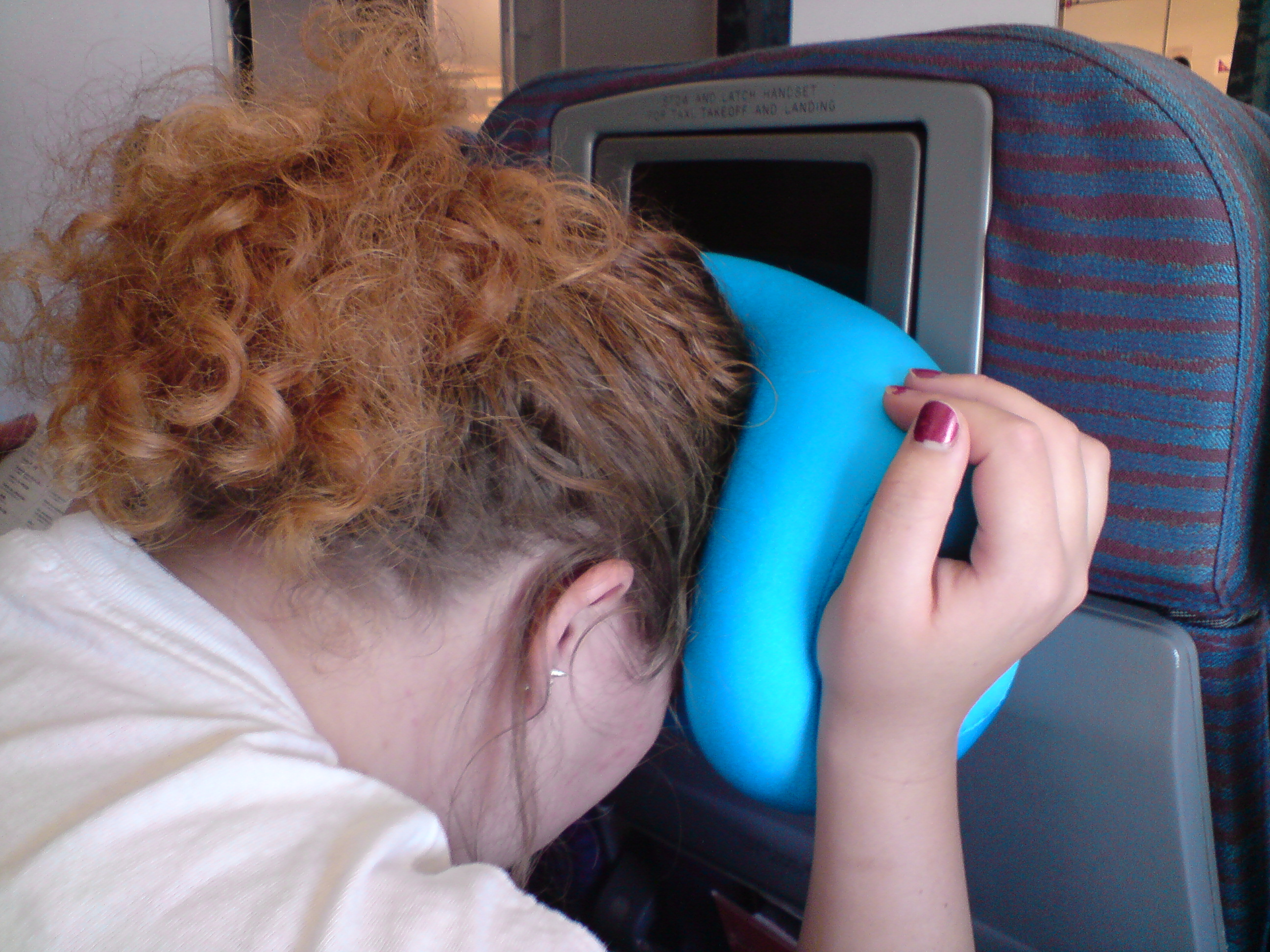 kalleboo, CC BY-SA 2.0, Wikimedia Commons
kalleboo, CC BY-SA 2.0, Wikimedia Commons
Brace Position Isn’t Meant To Save You: Fiction
Studies have proven these theories wrong. Brace position does in fact save lives when the crash is survivable—which it is some 70% of the time. Brace position decreases flailing, which can lead to grievous injuries, and reduces secondary impact—if your head is already against the seat in front of you, it’s less likely to hit it as hard.

